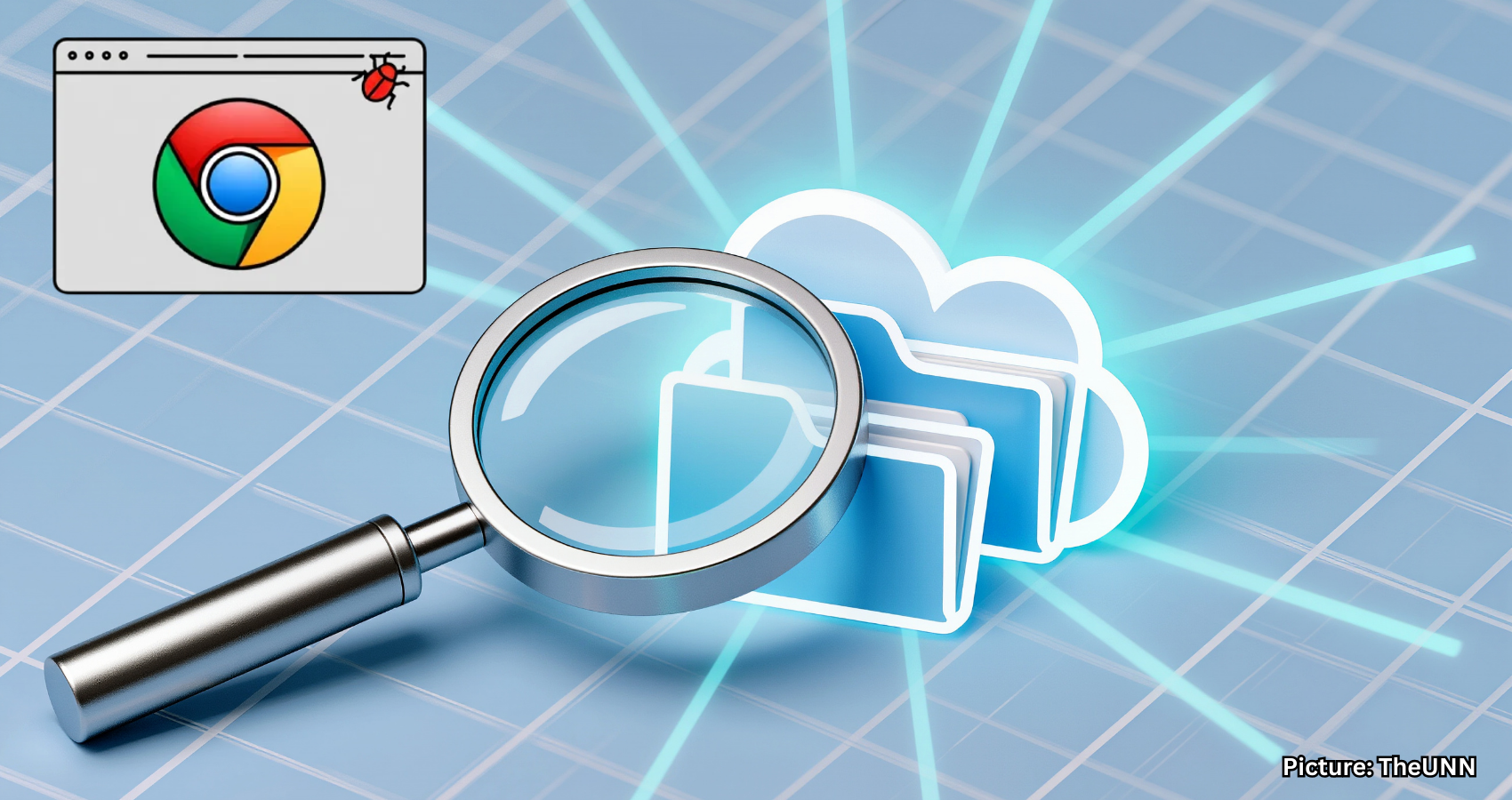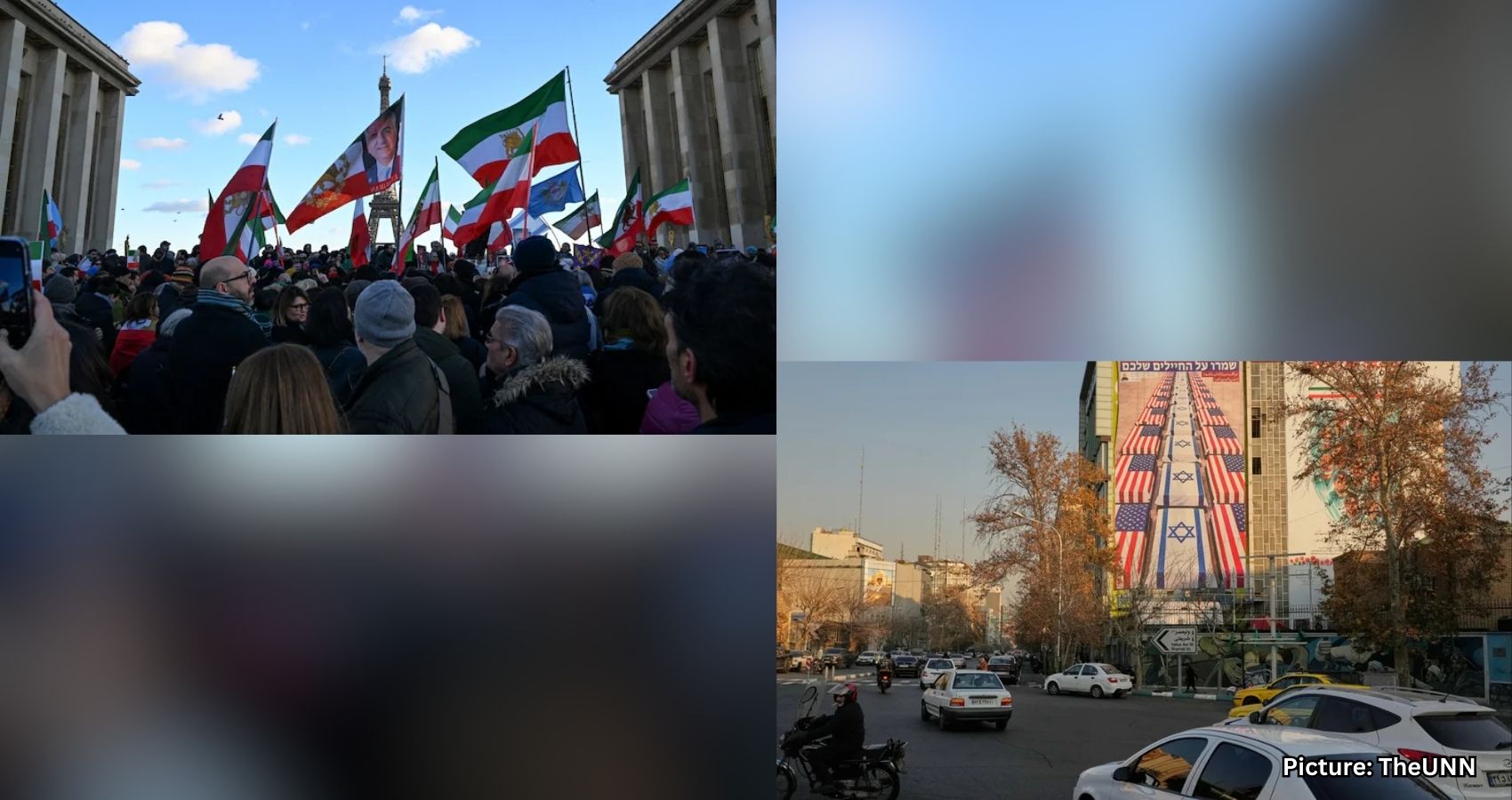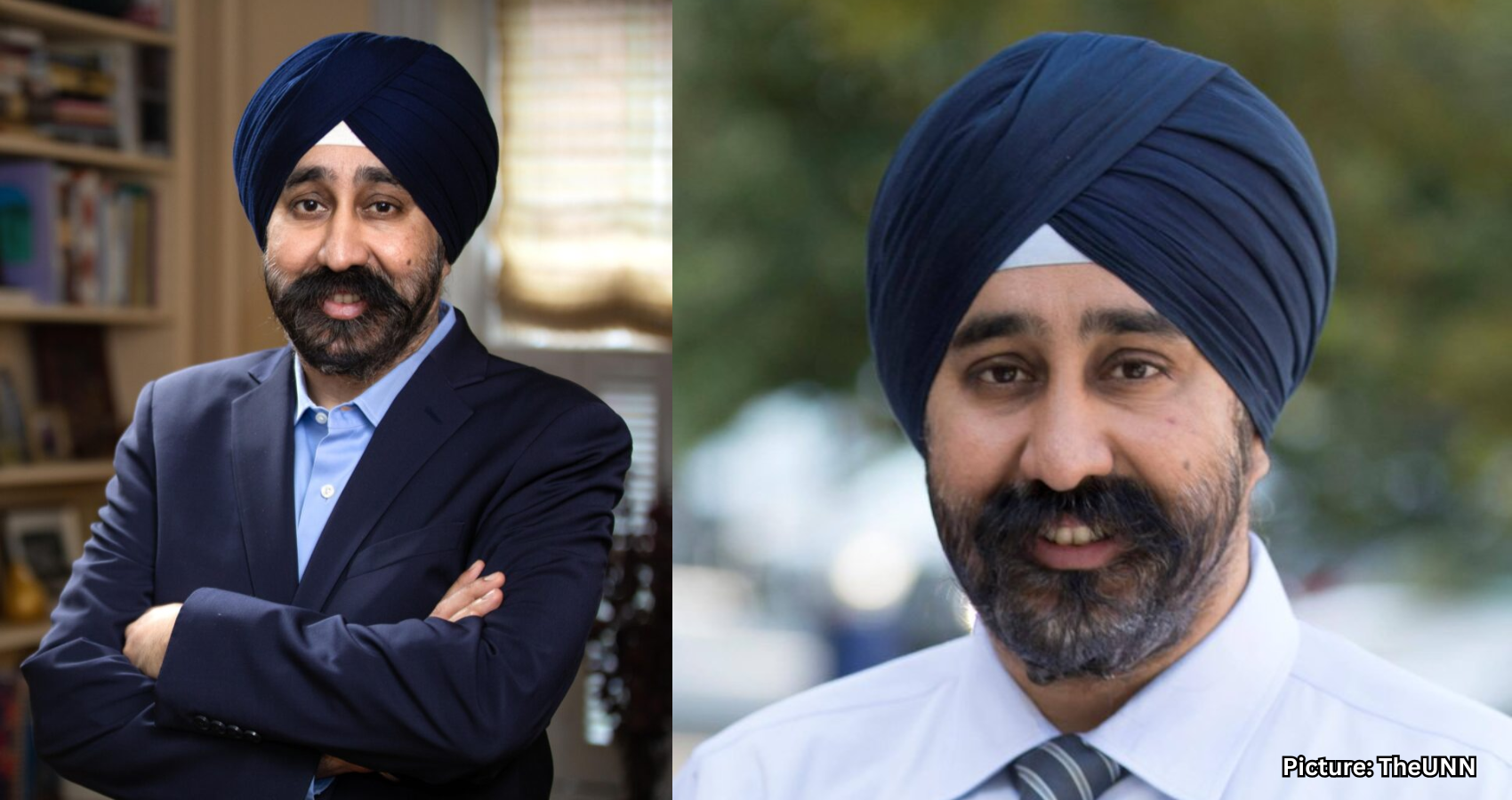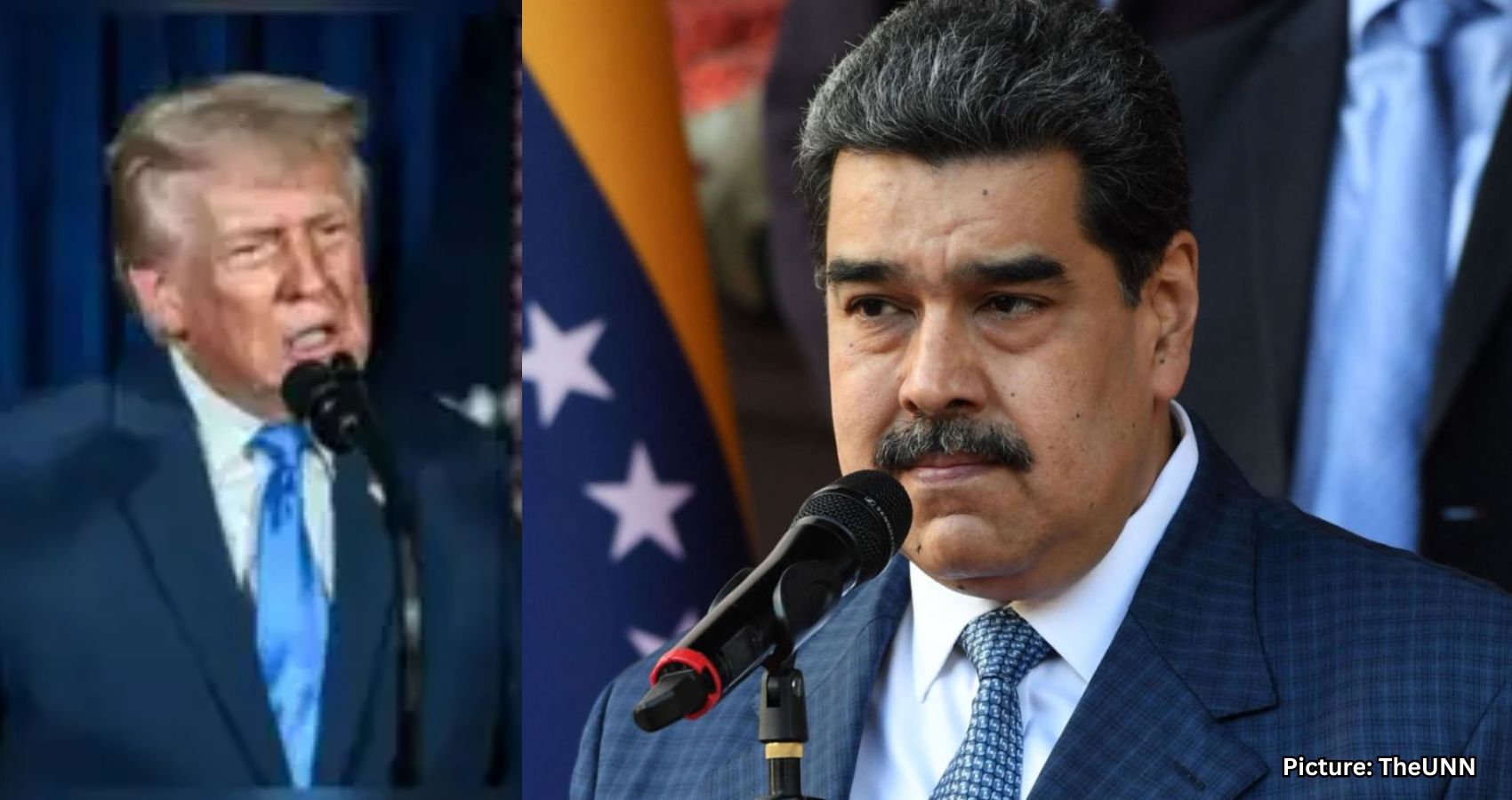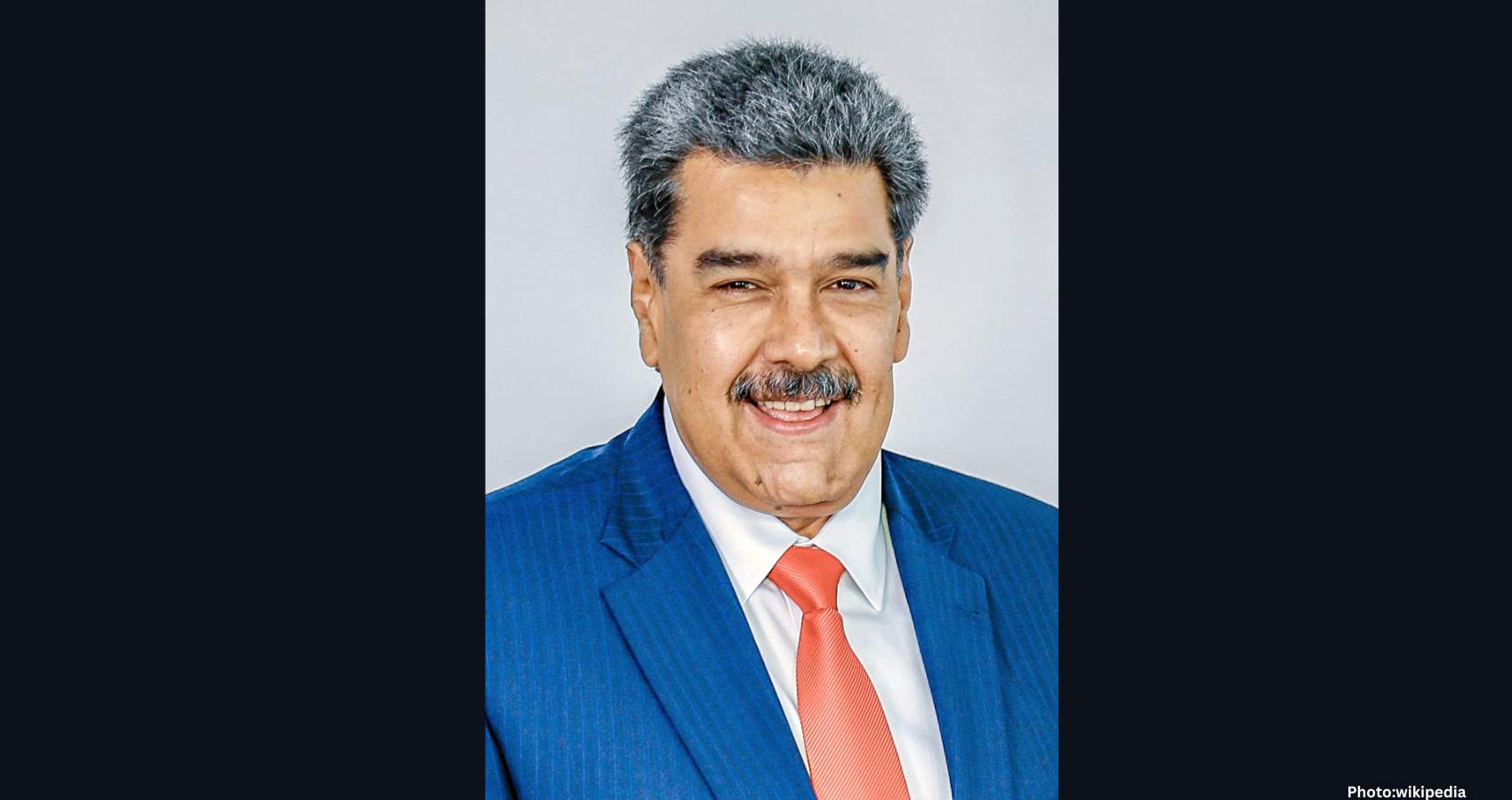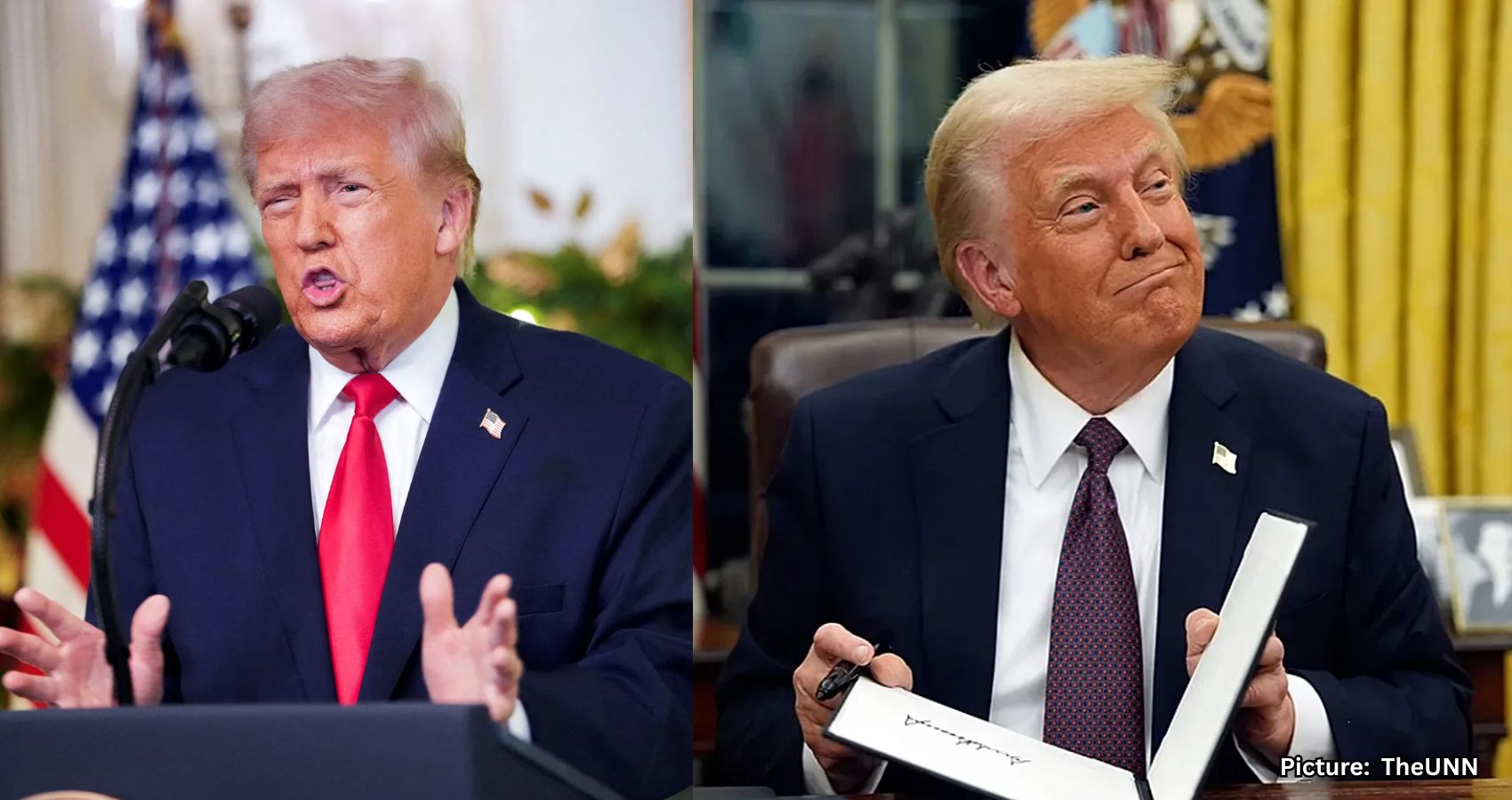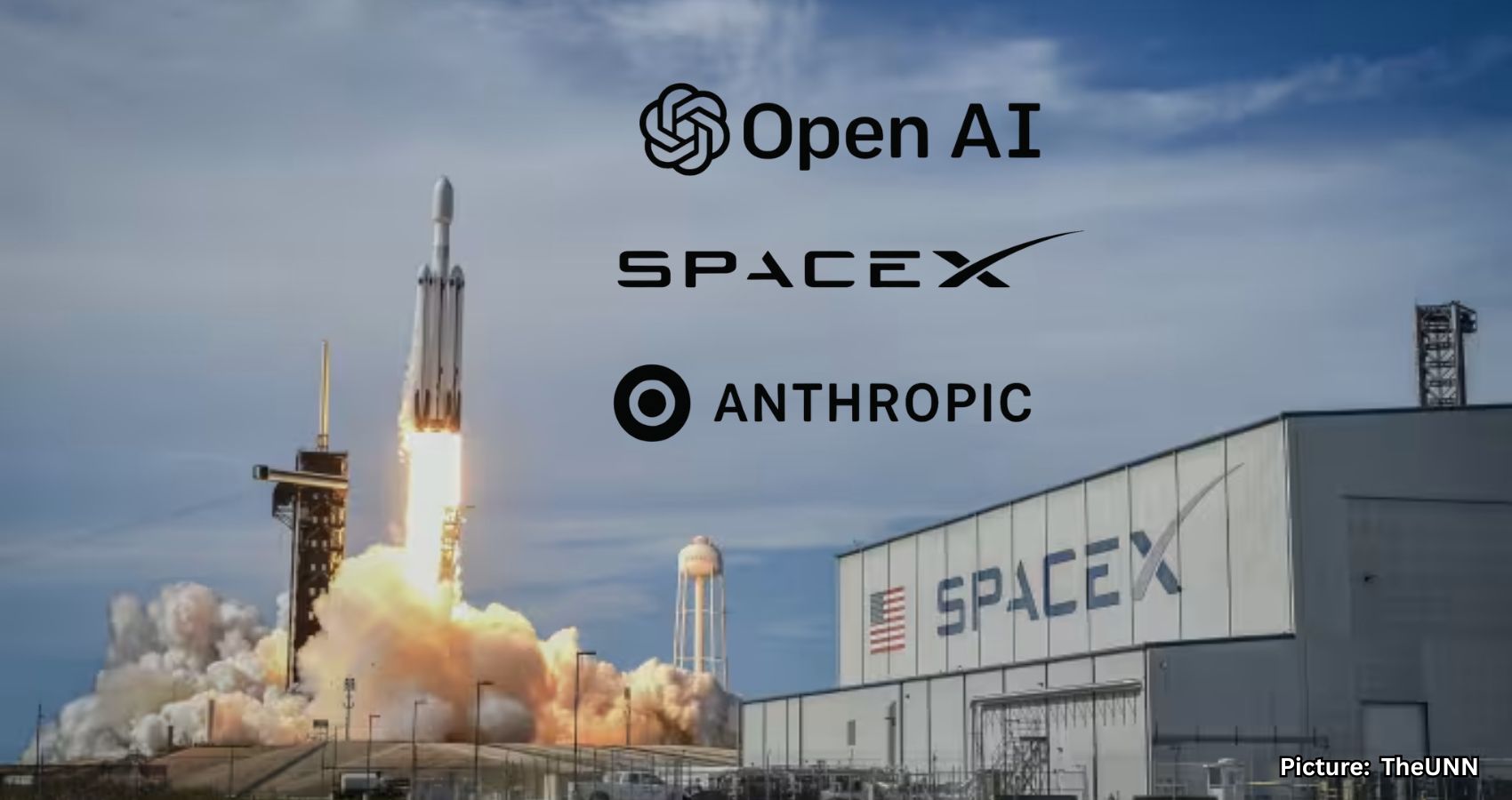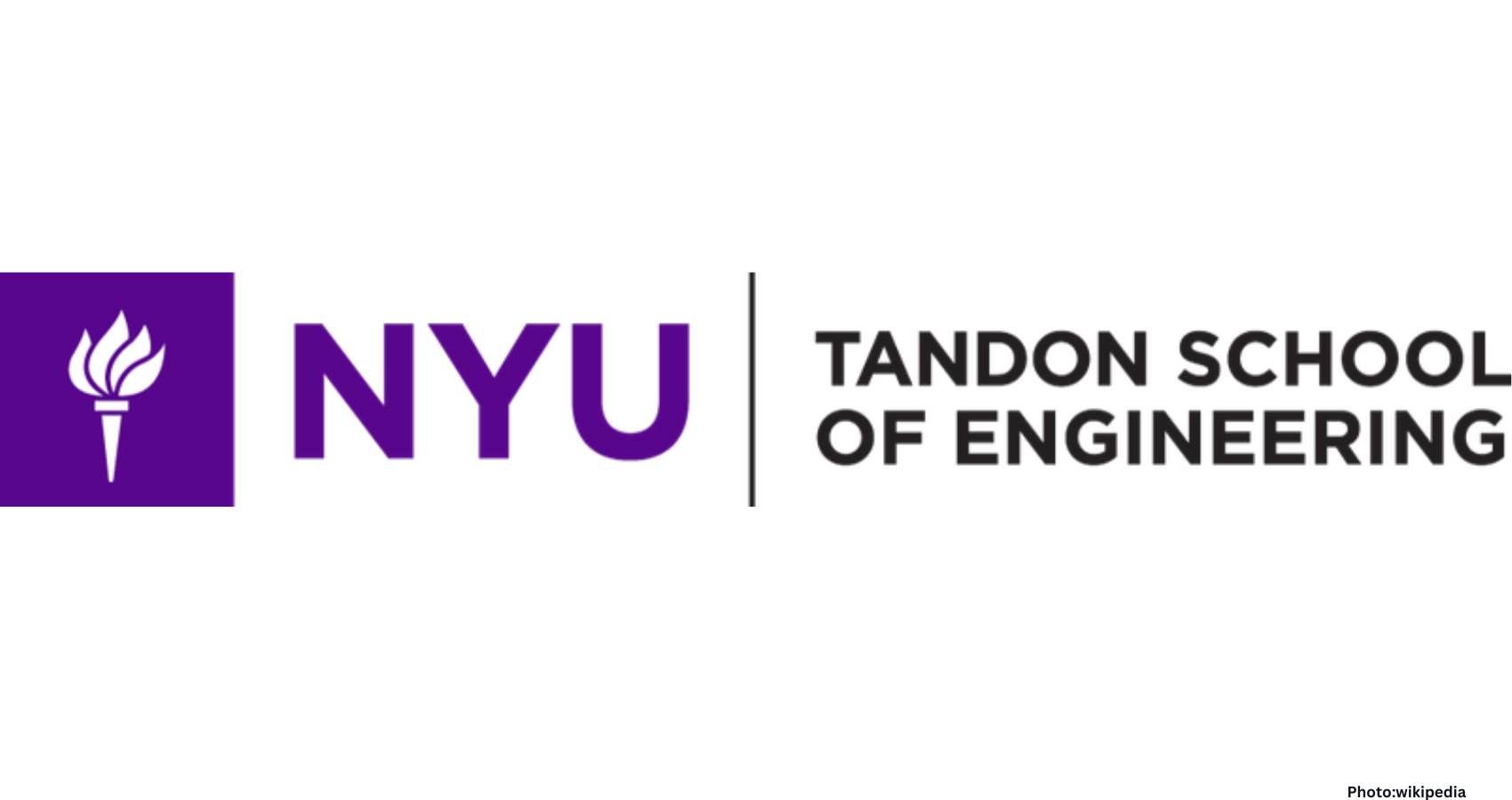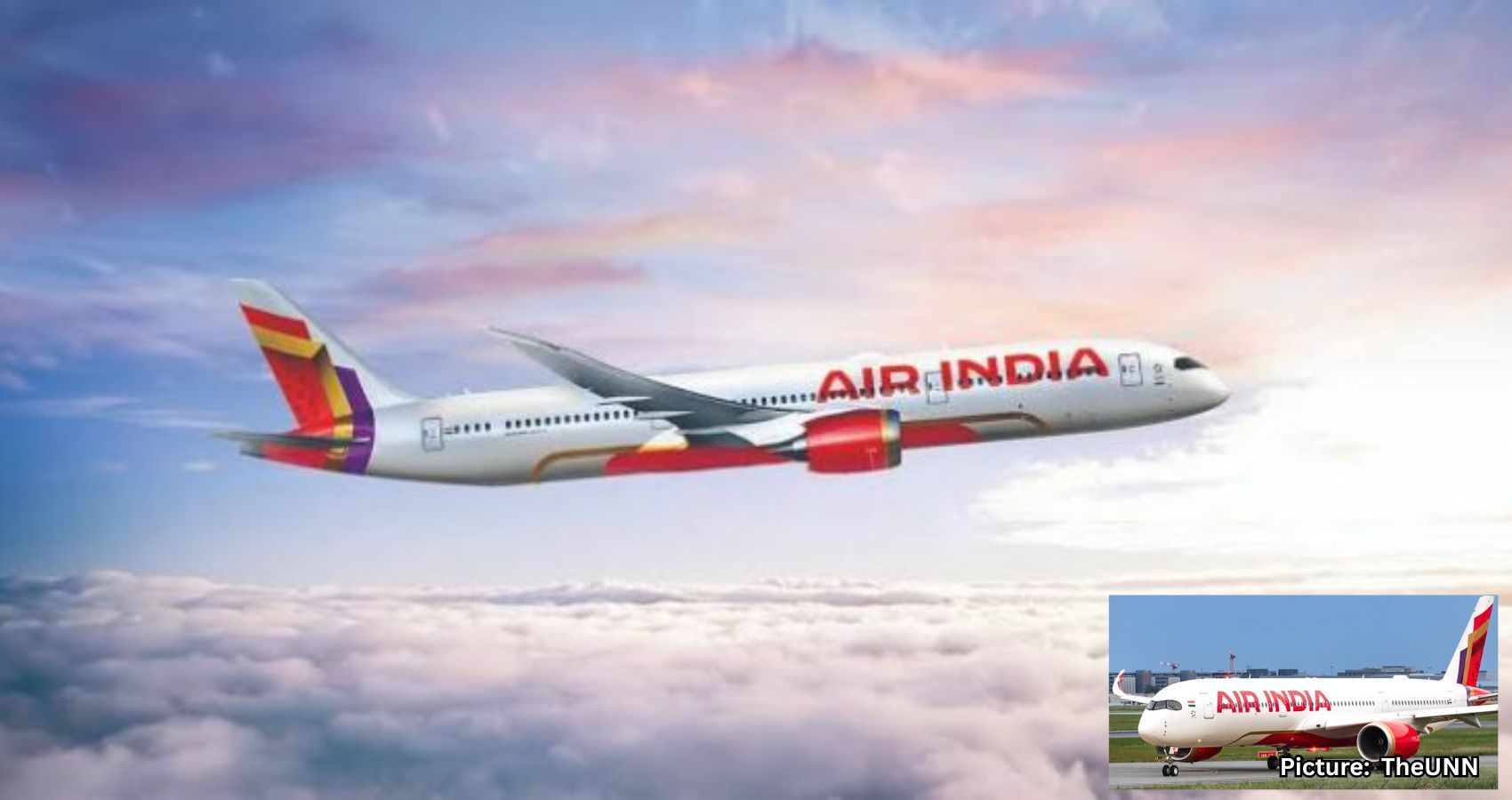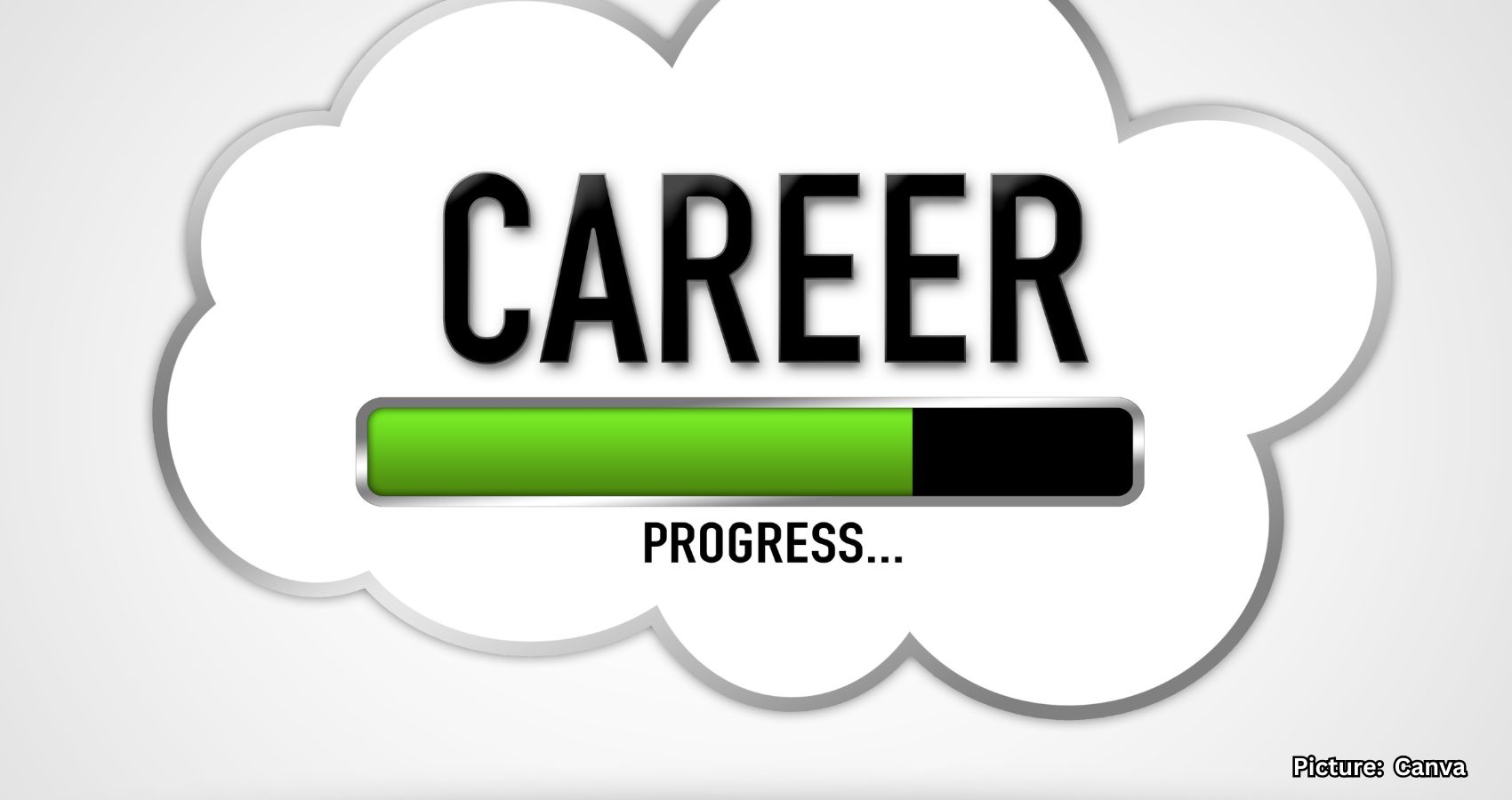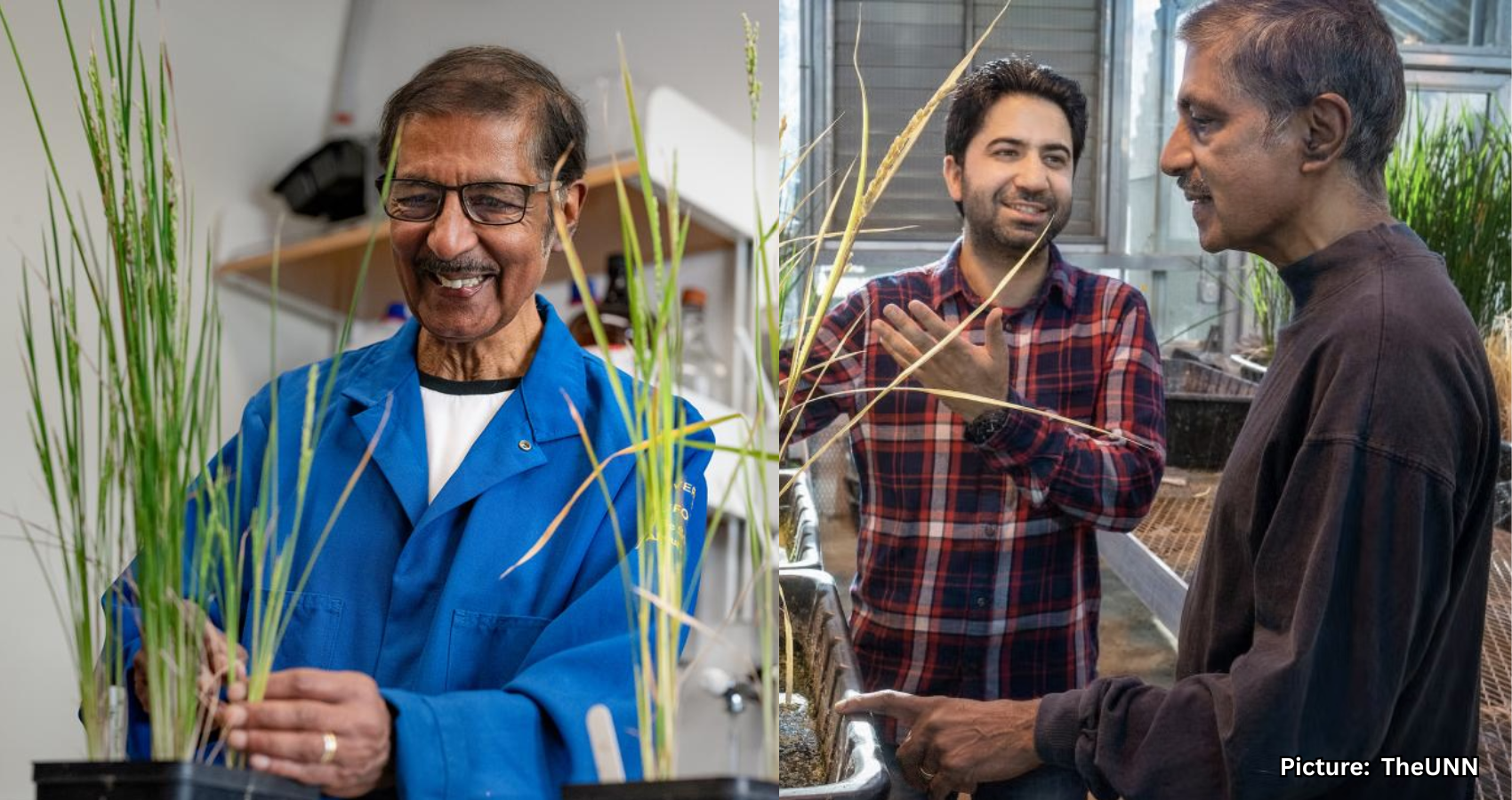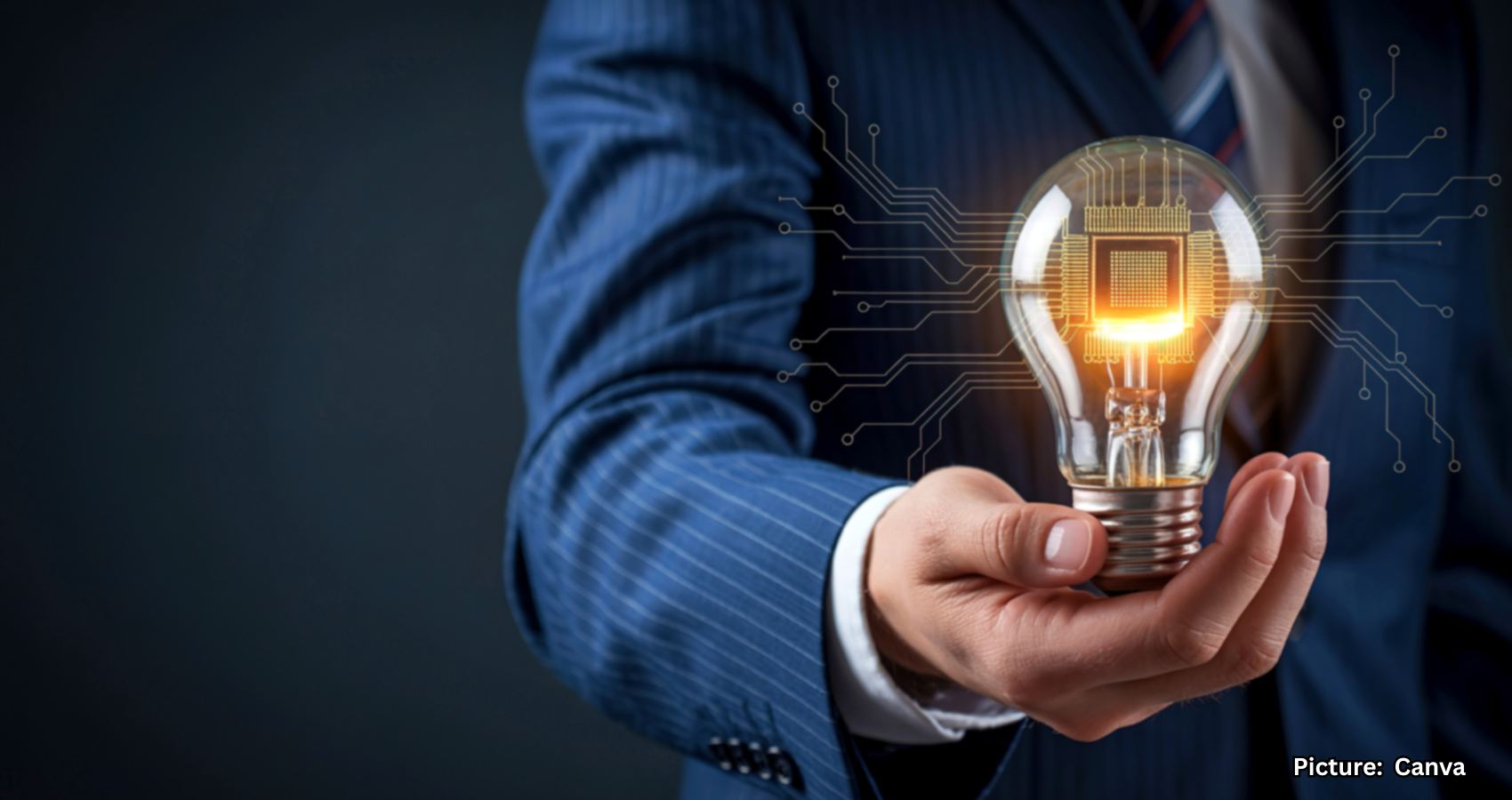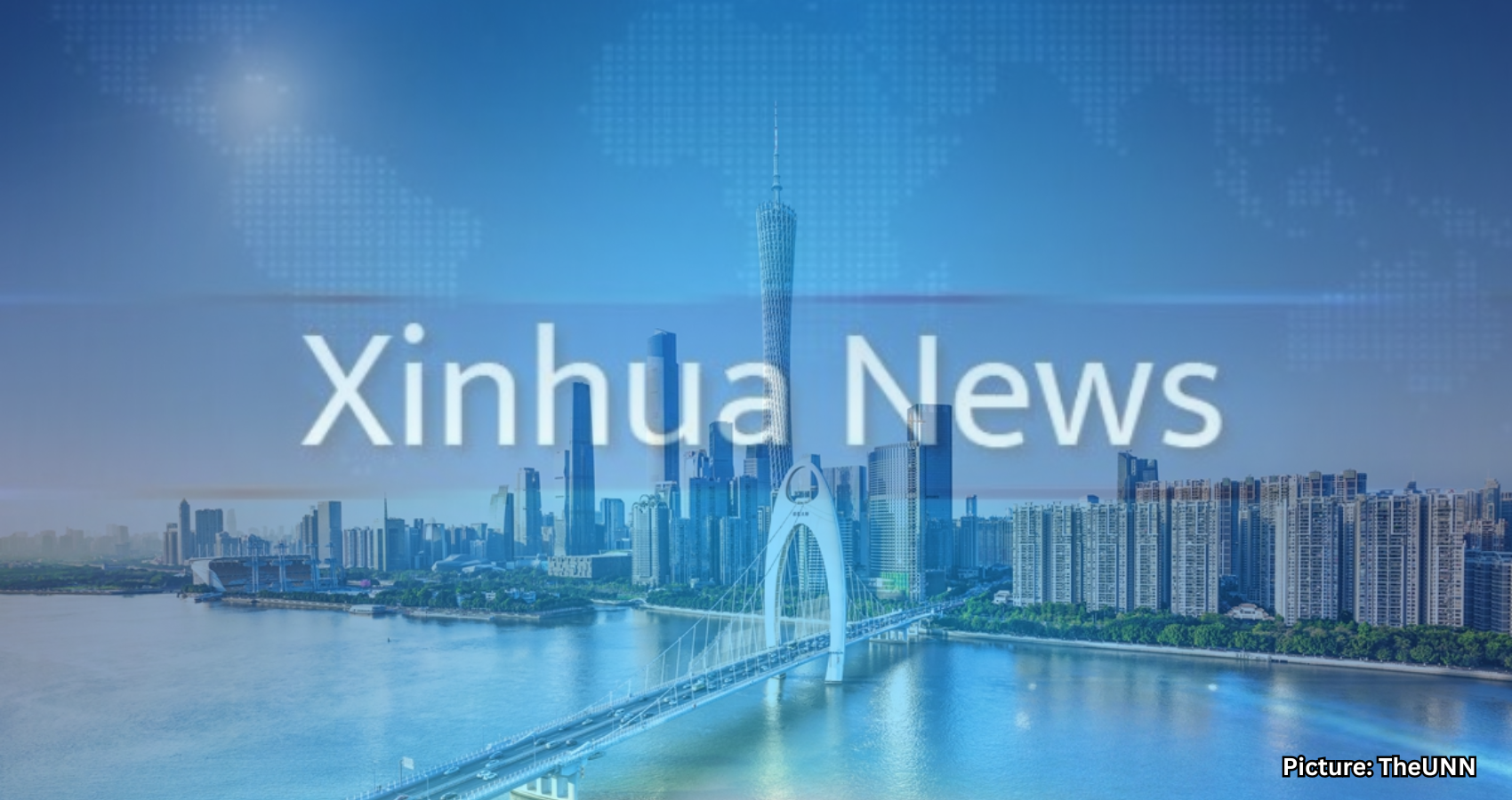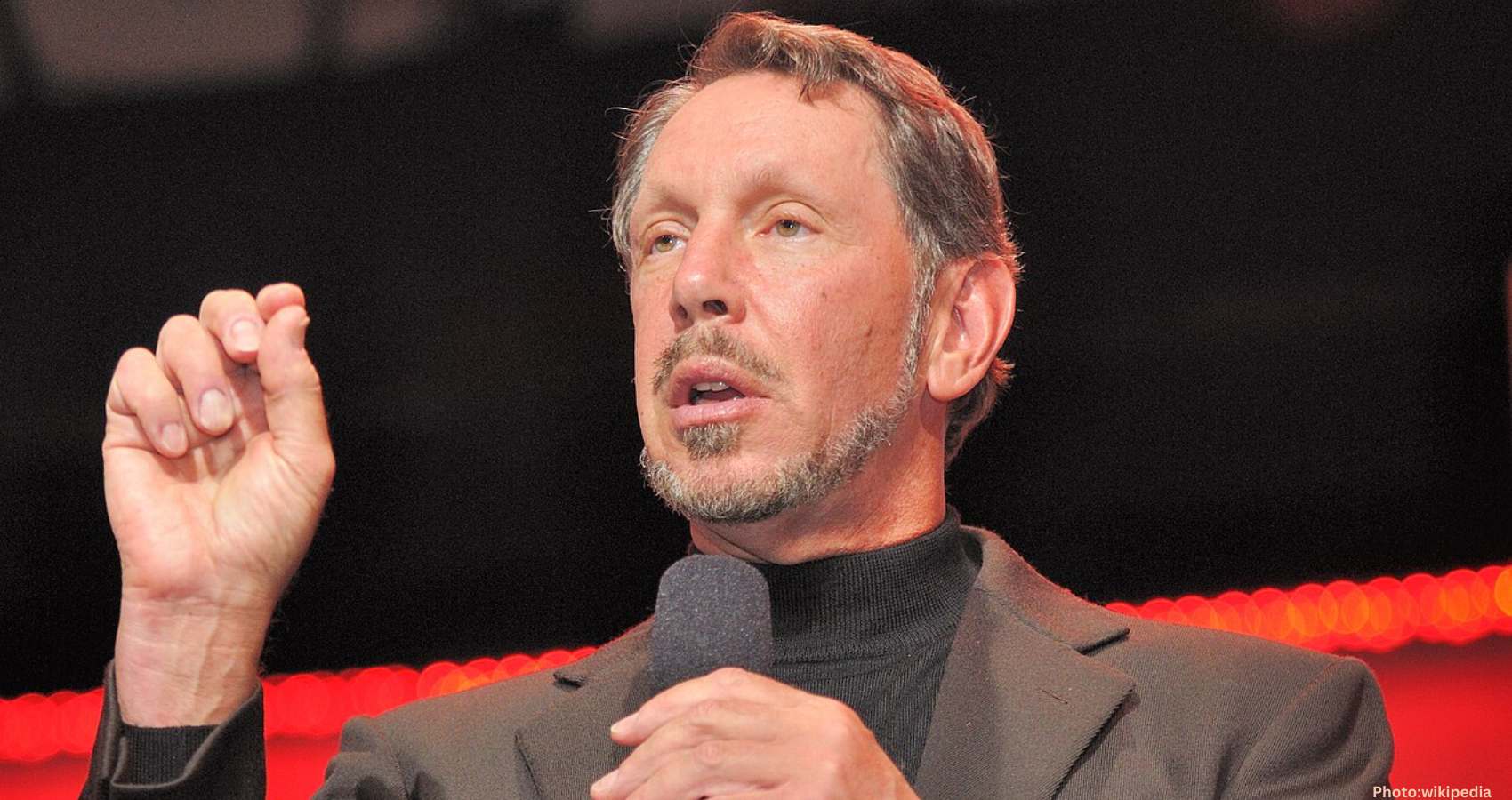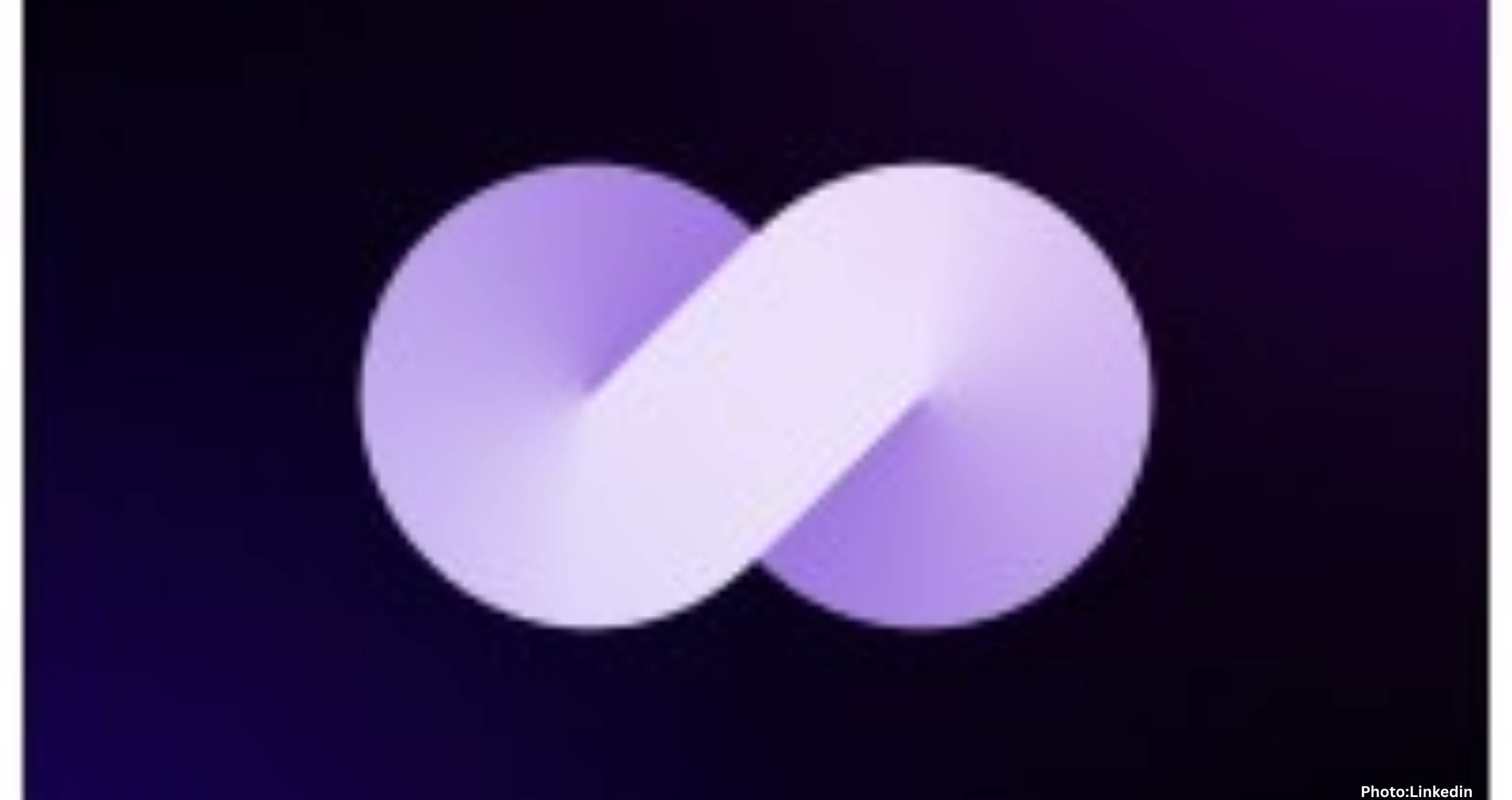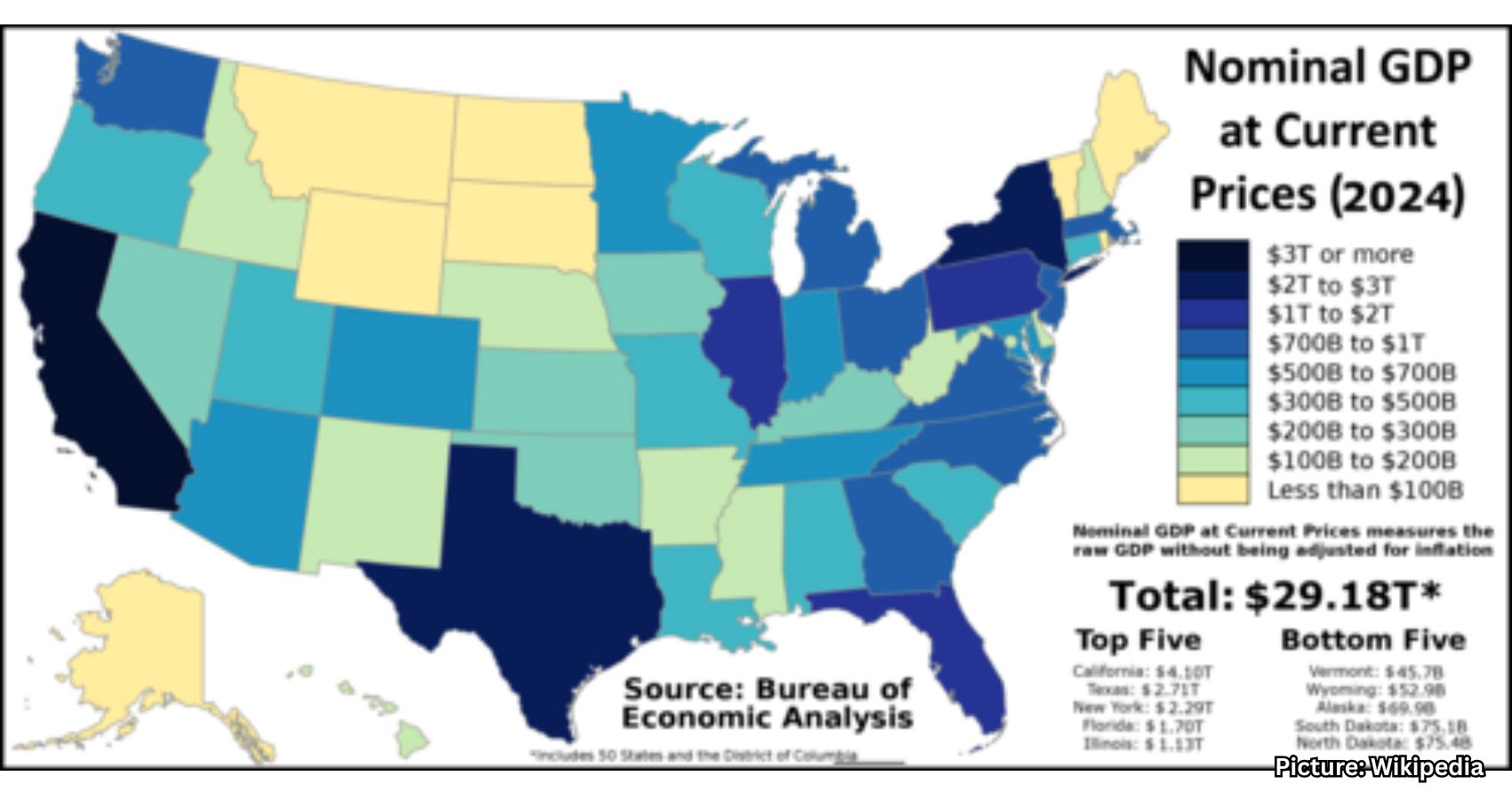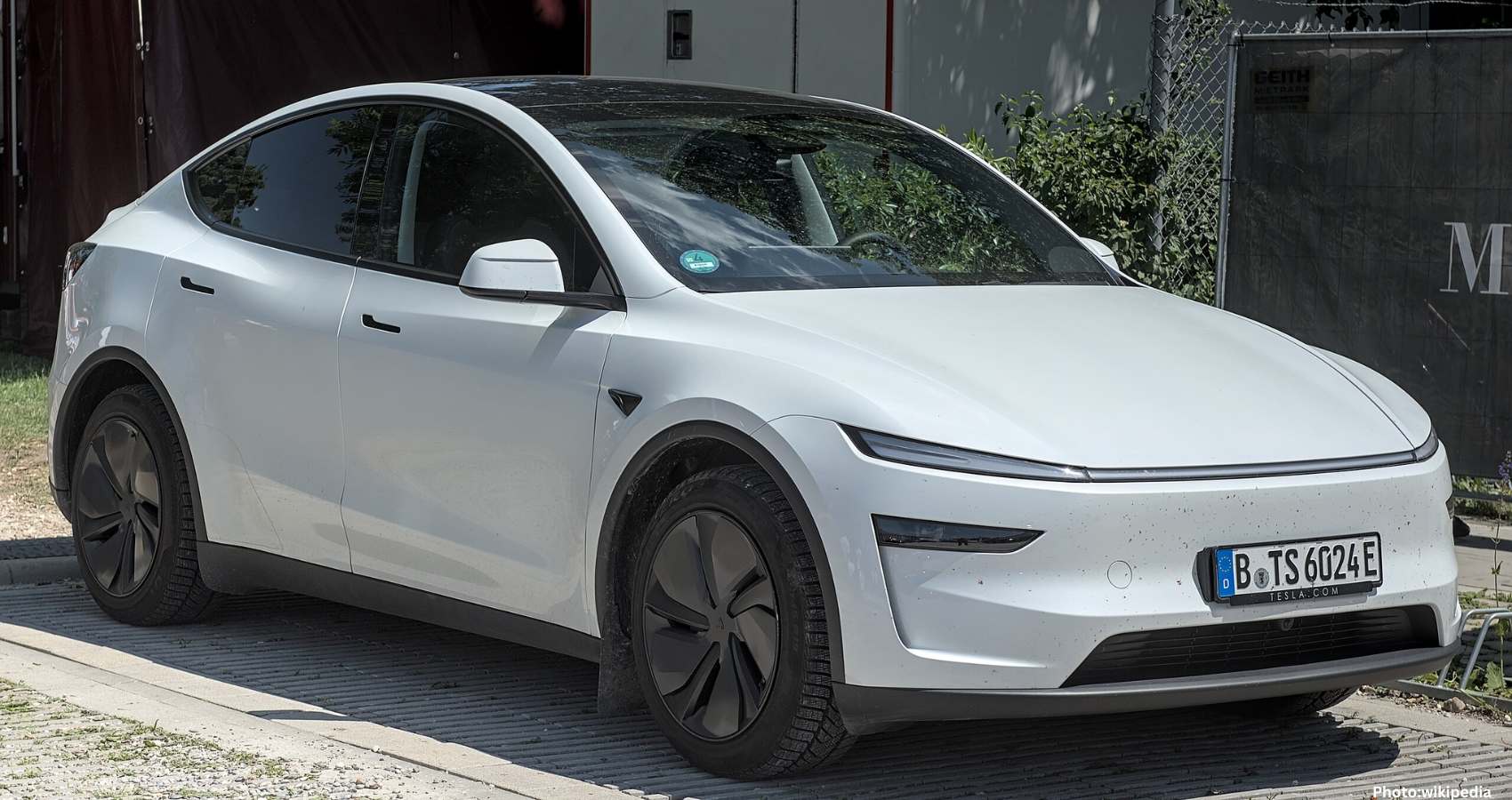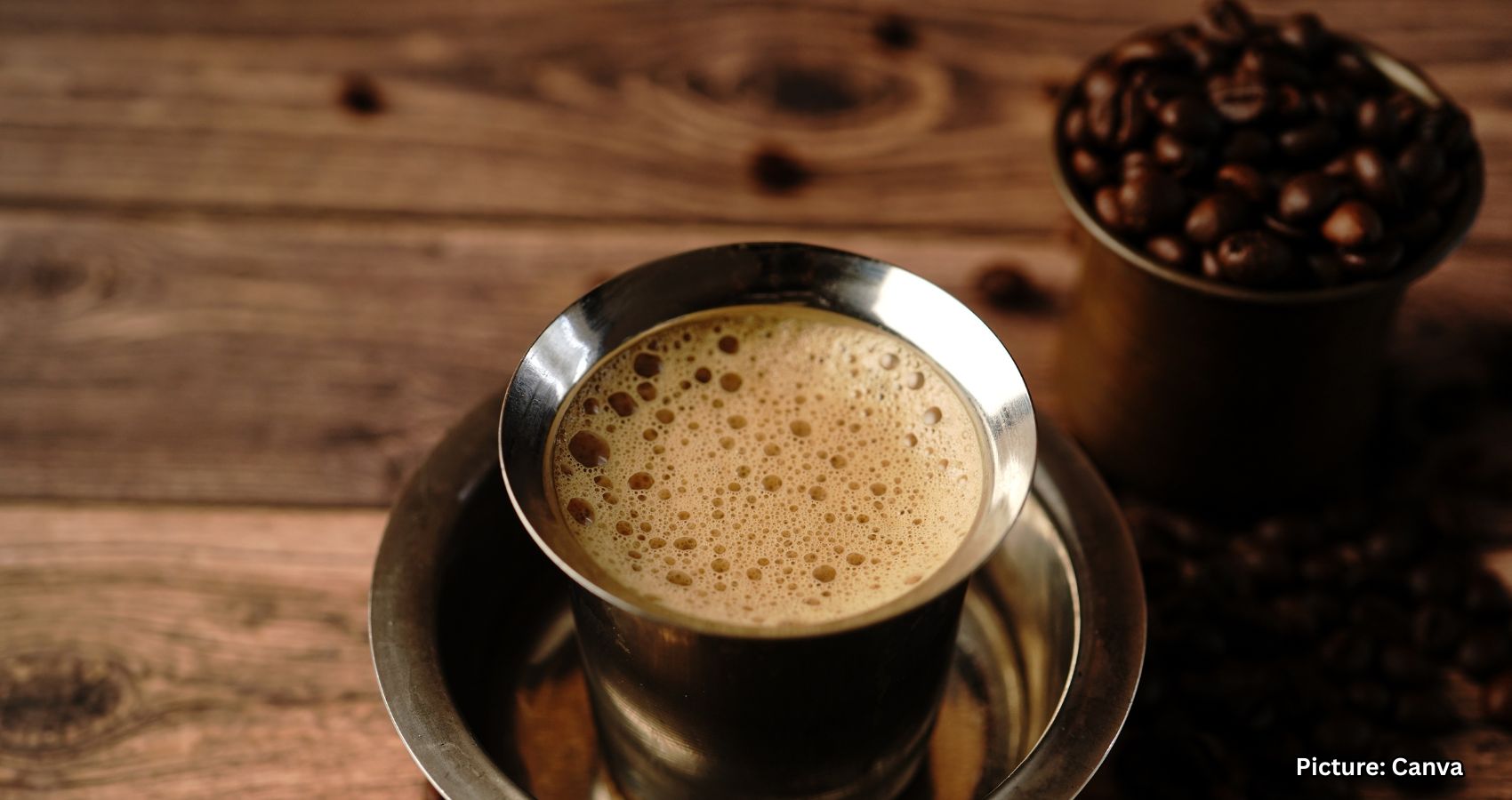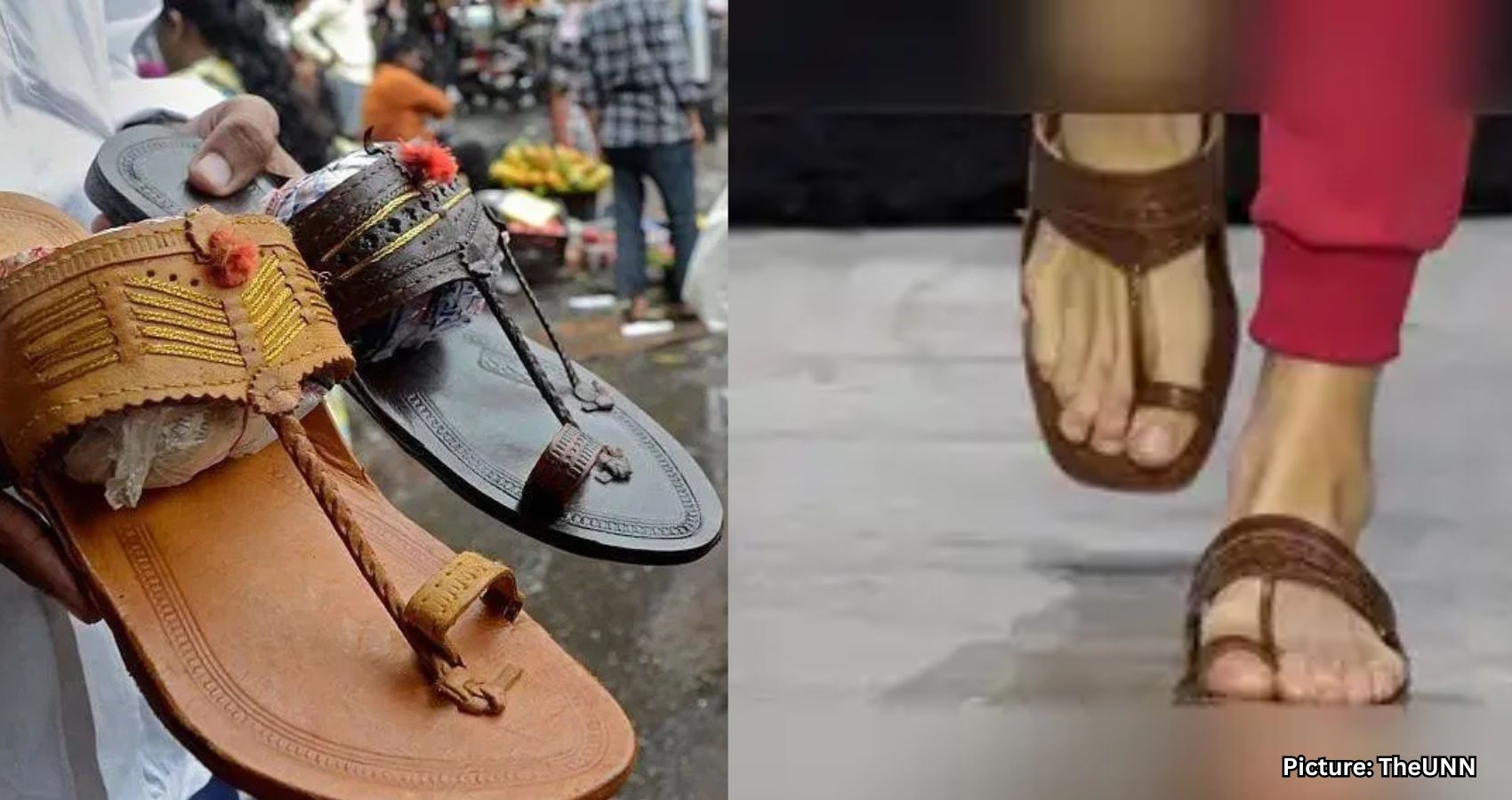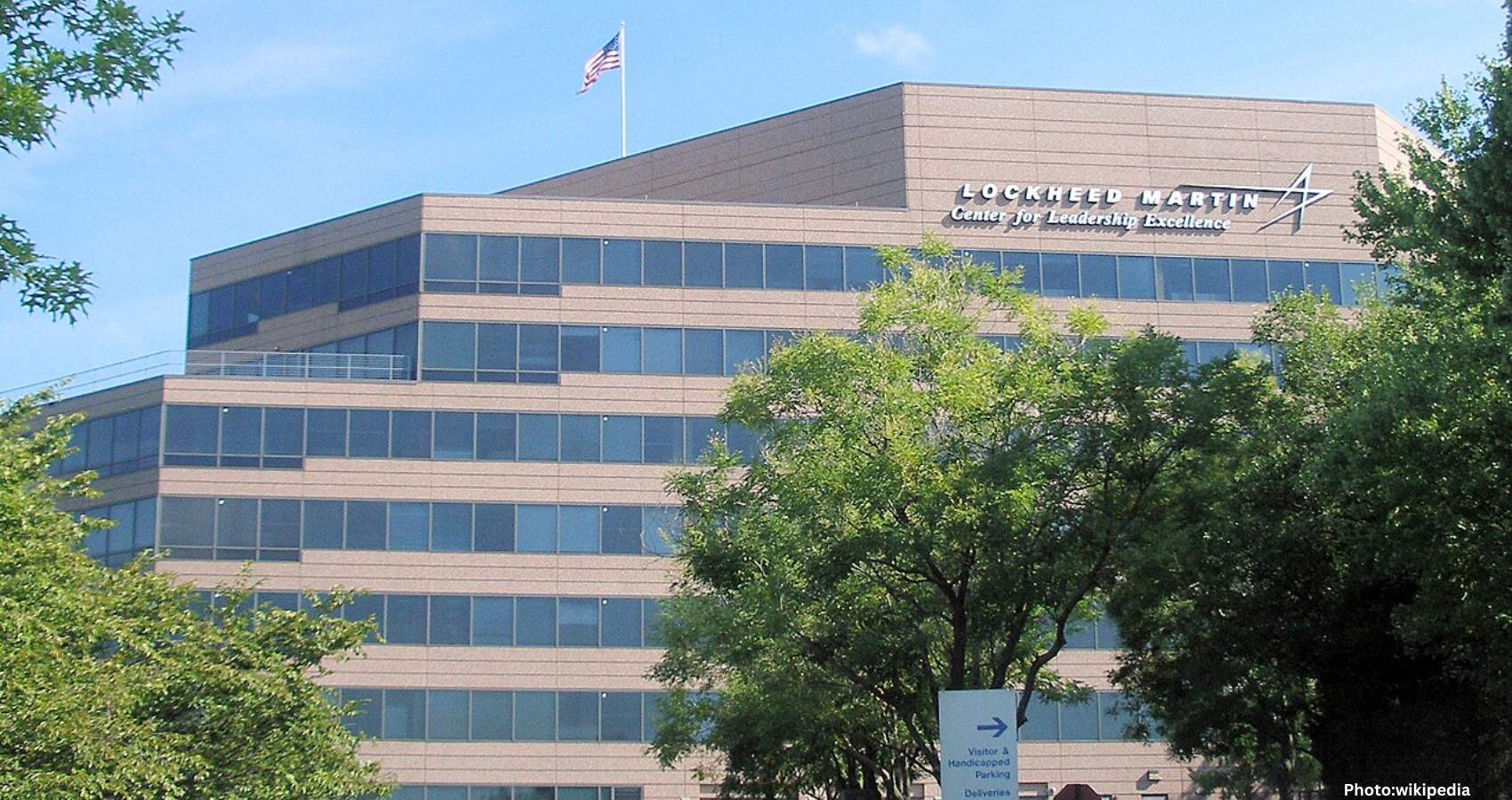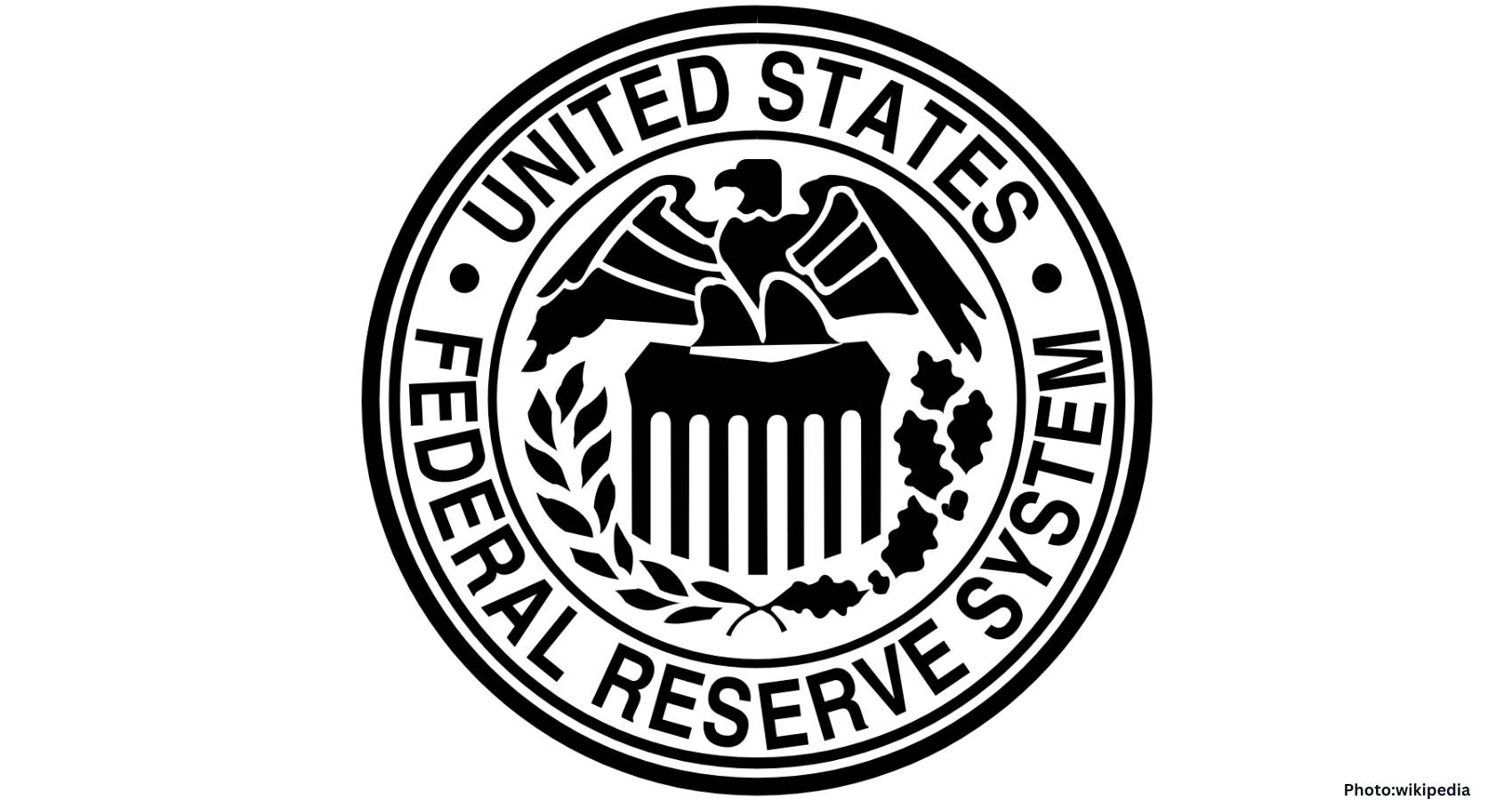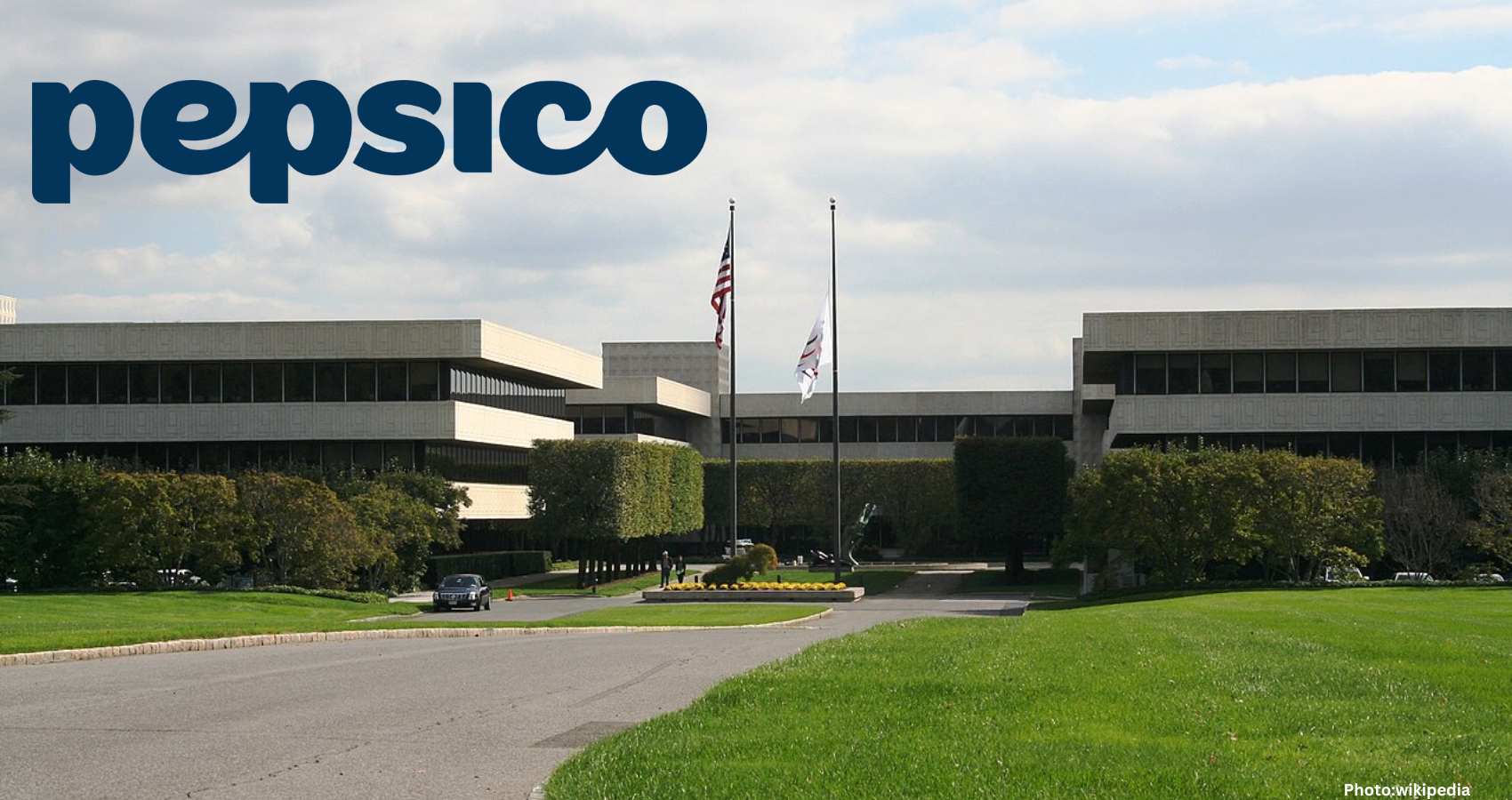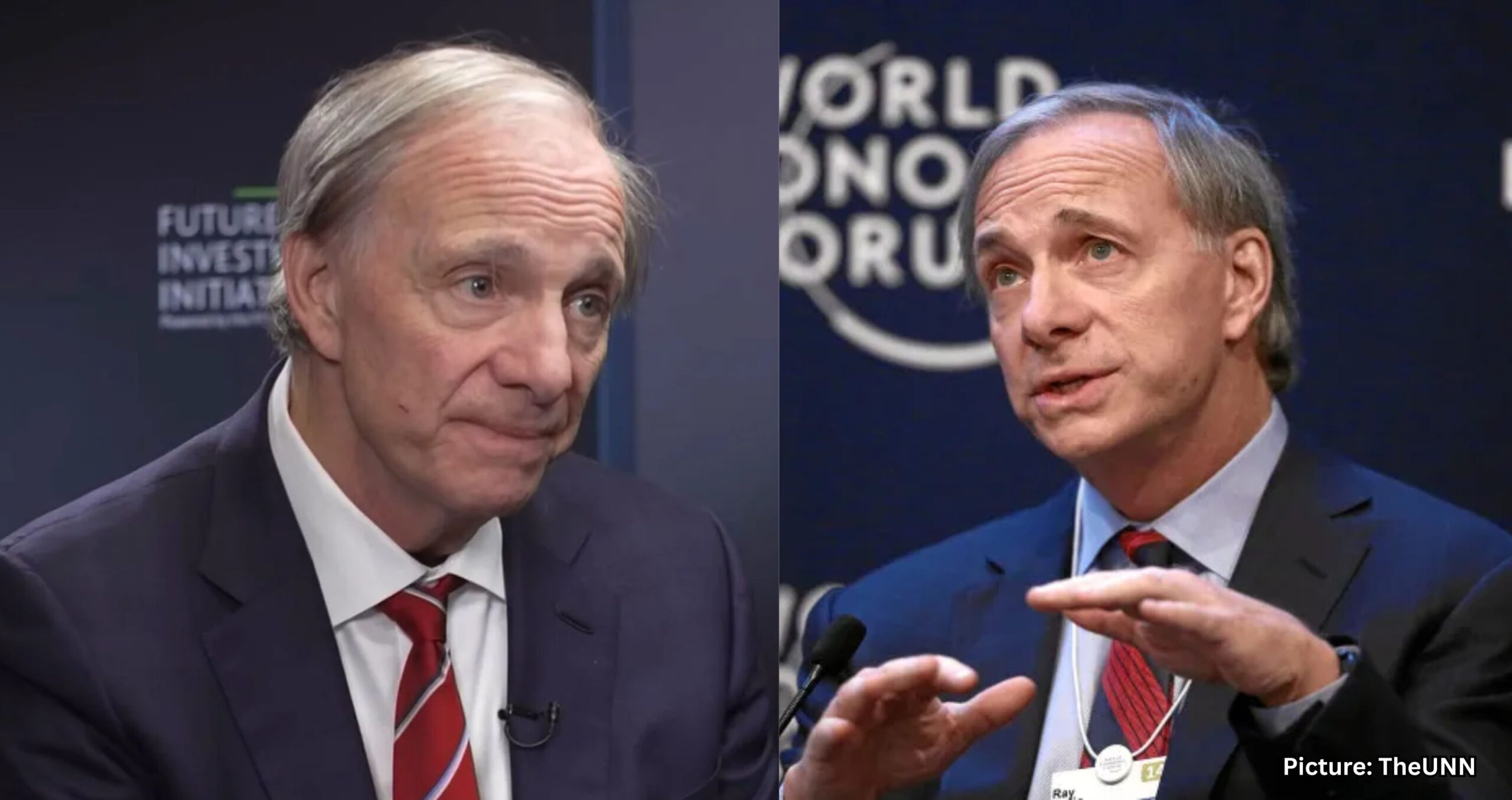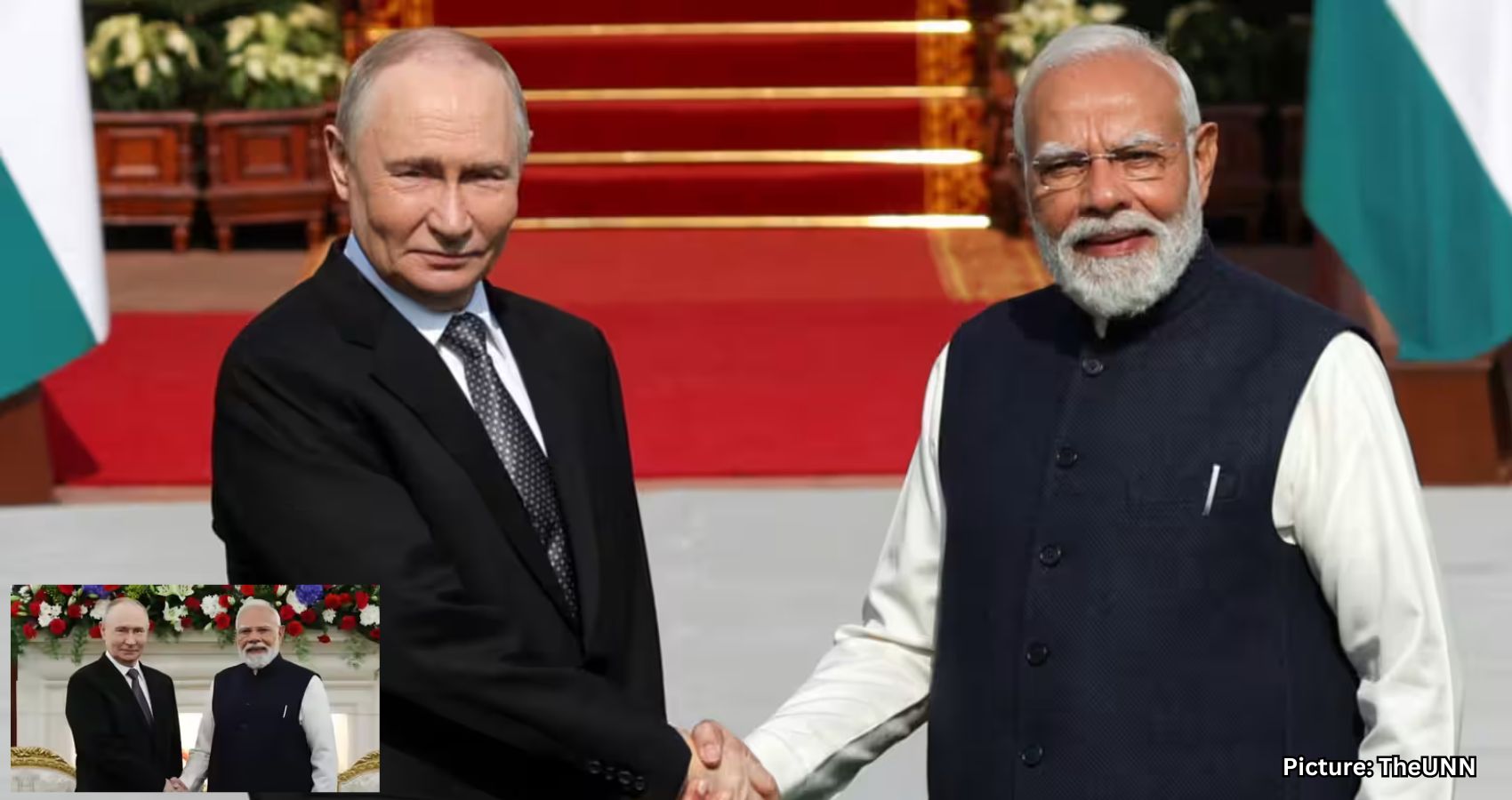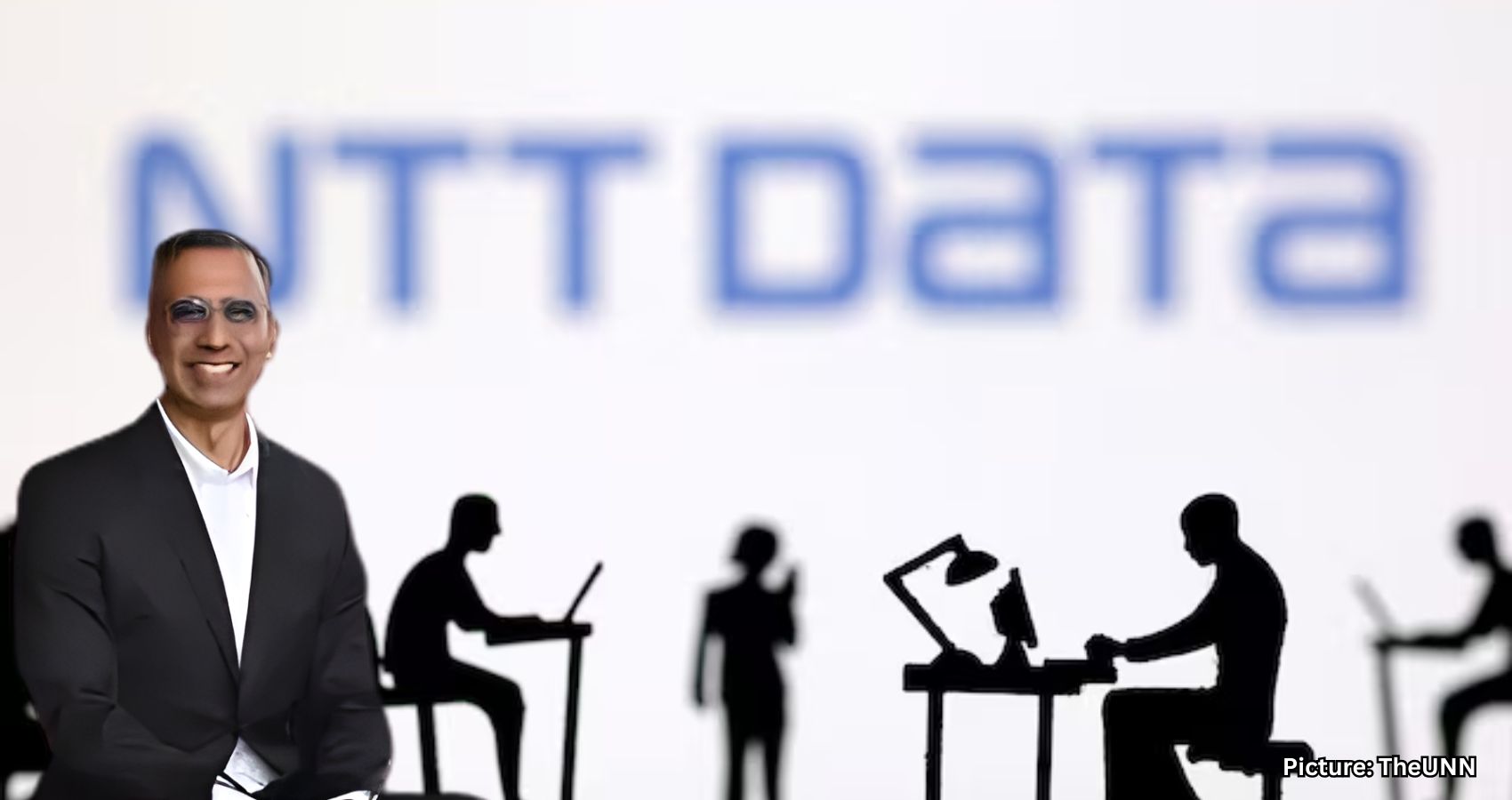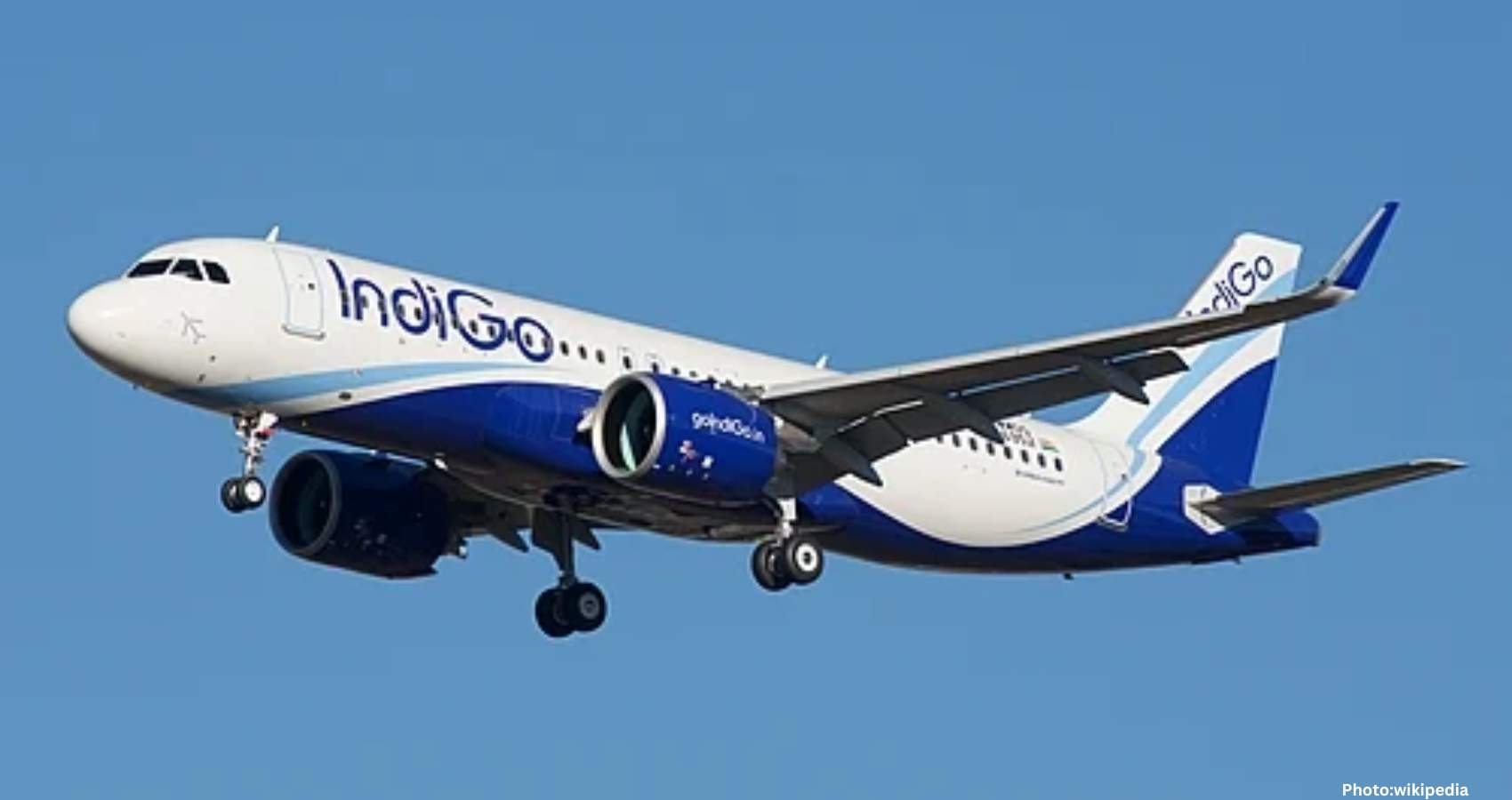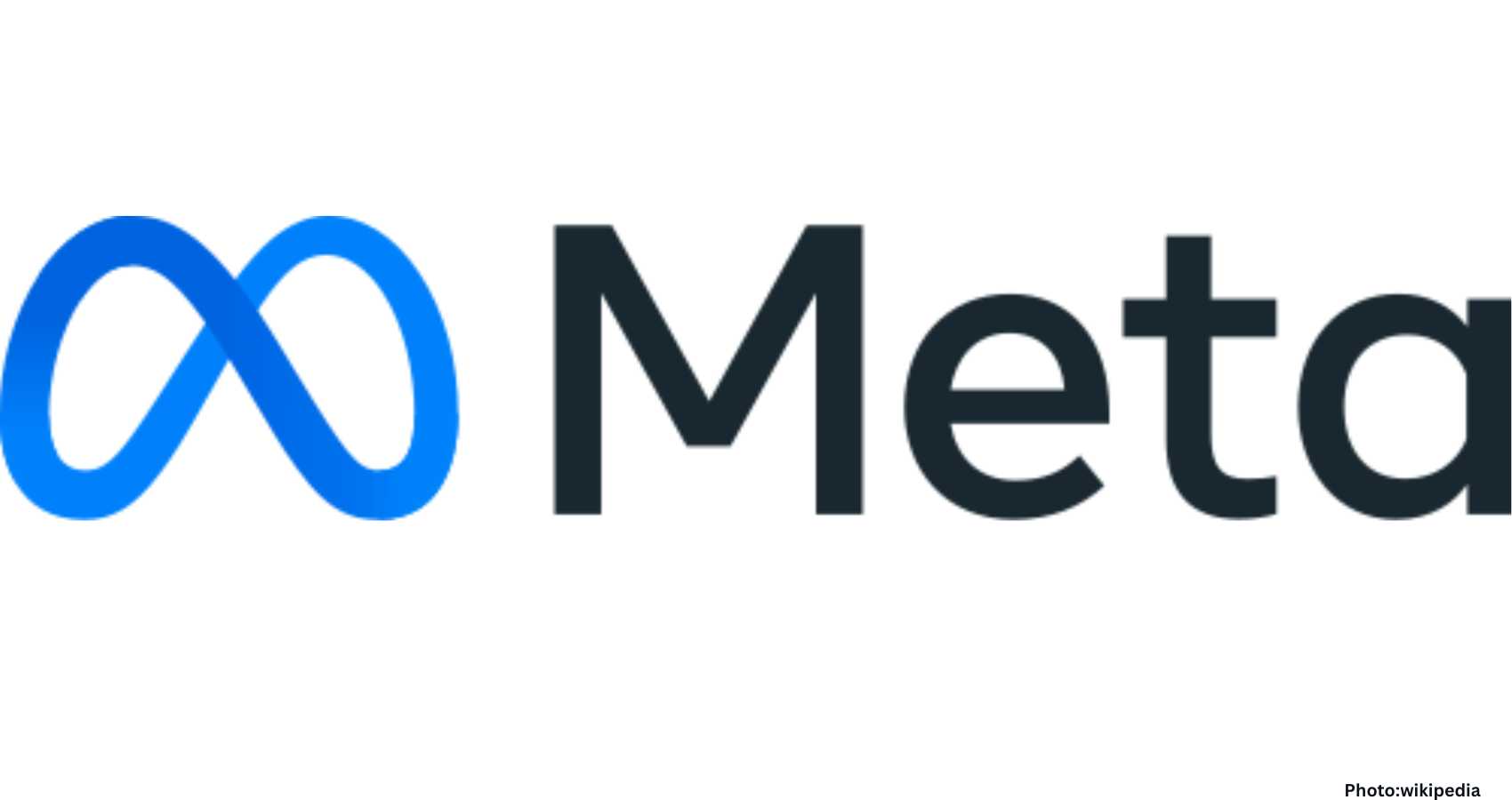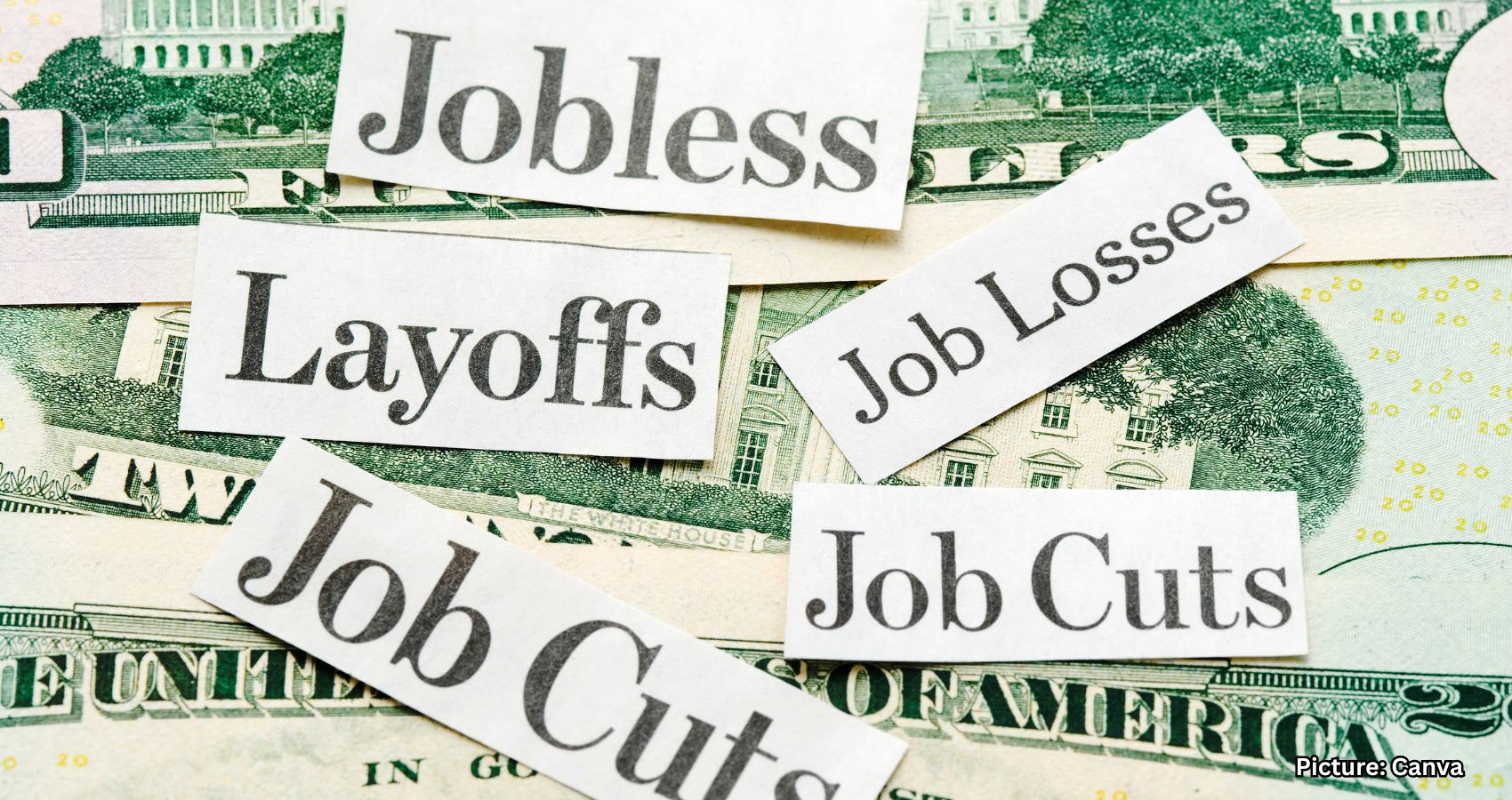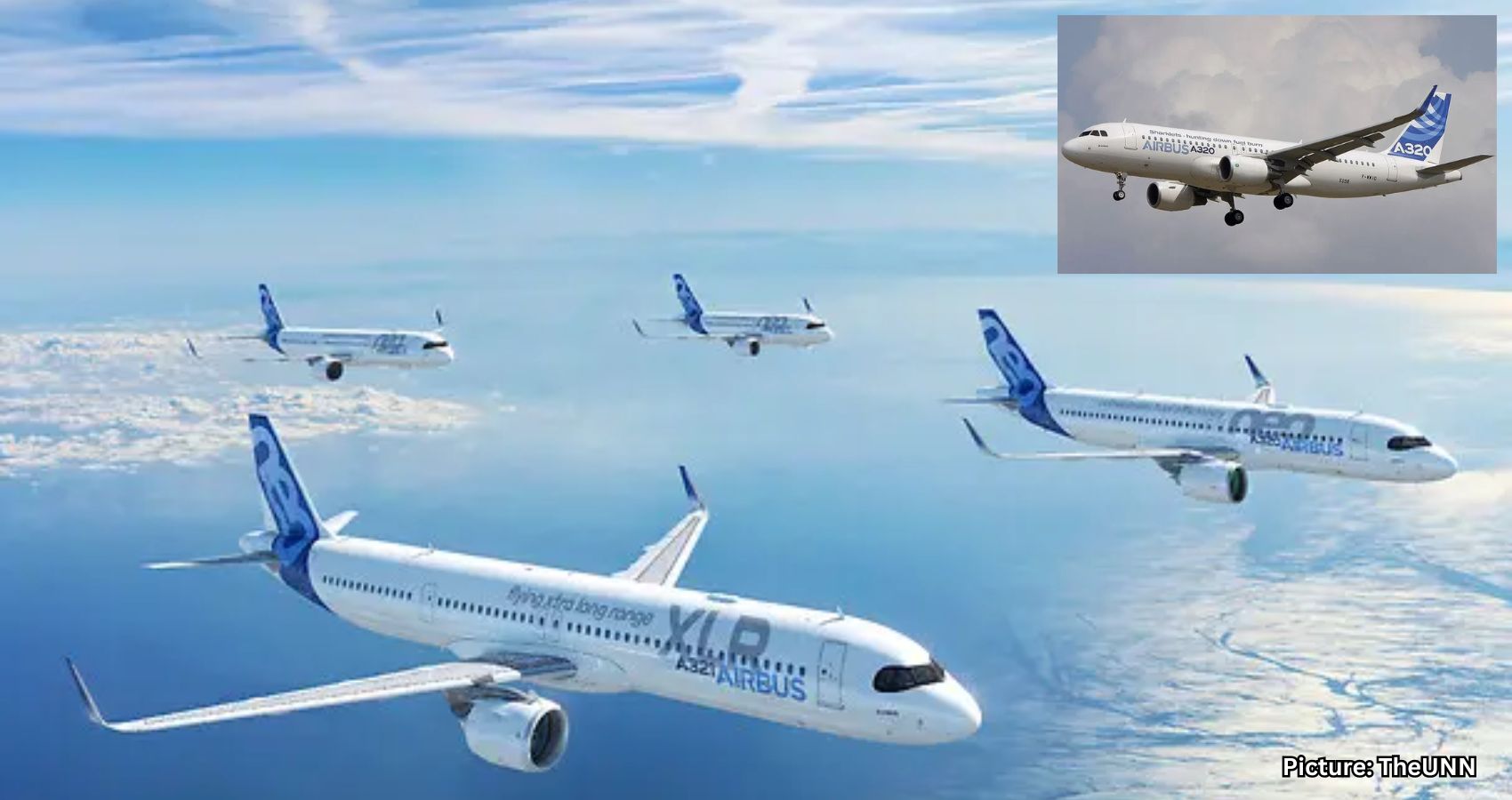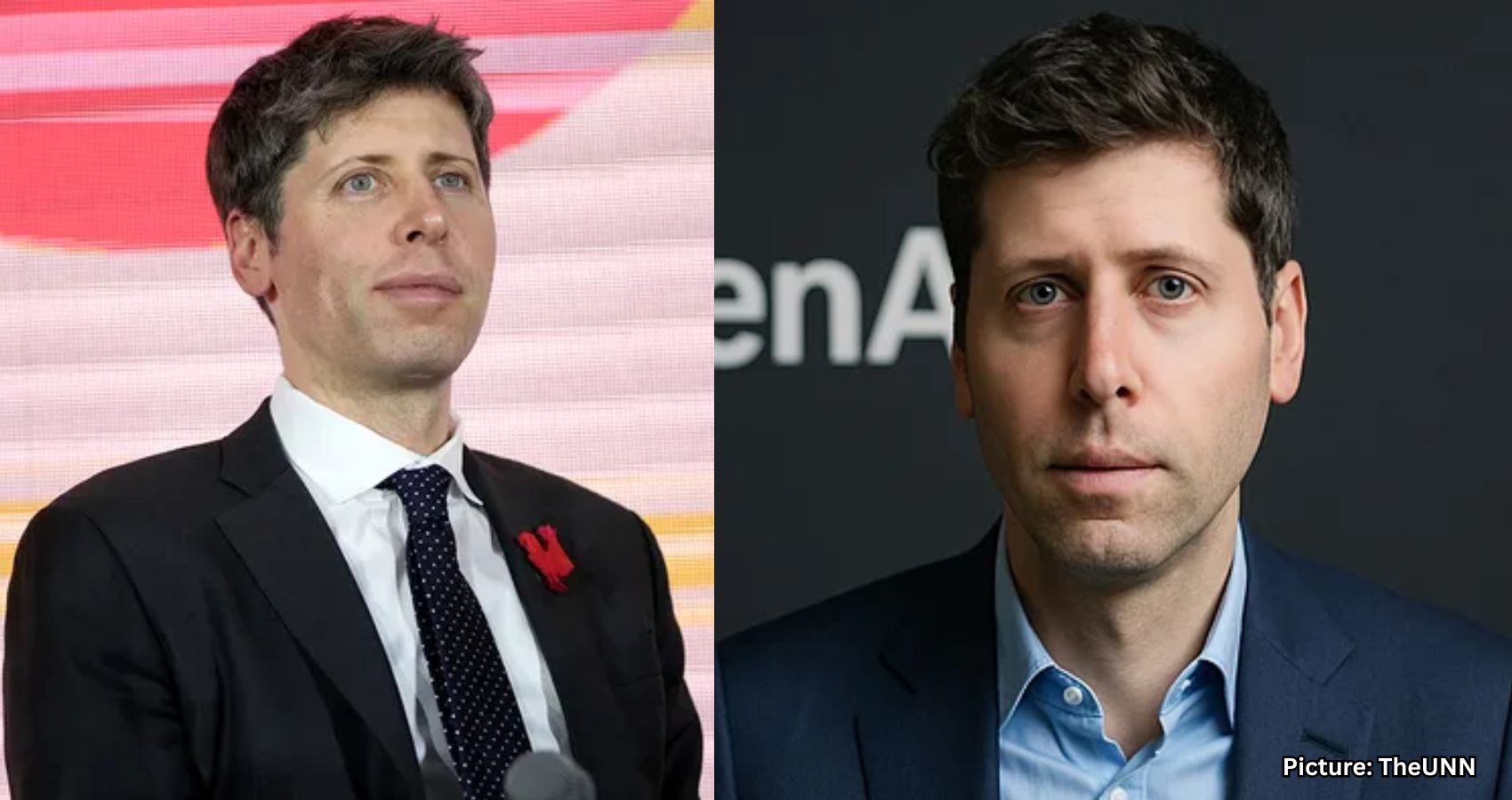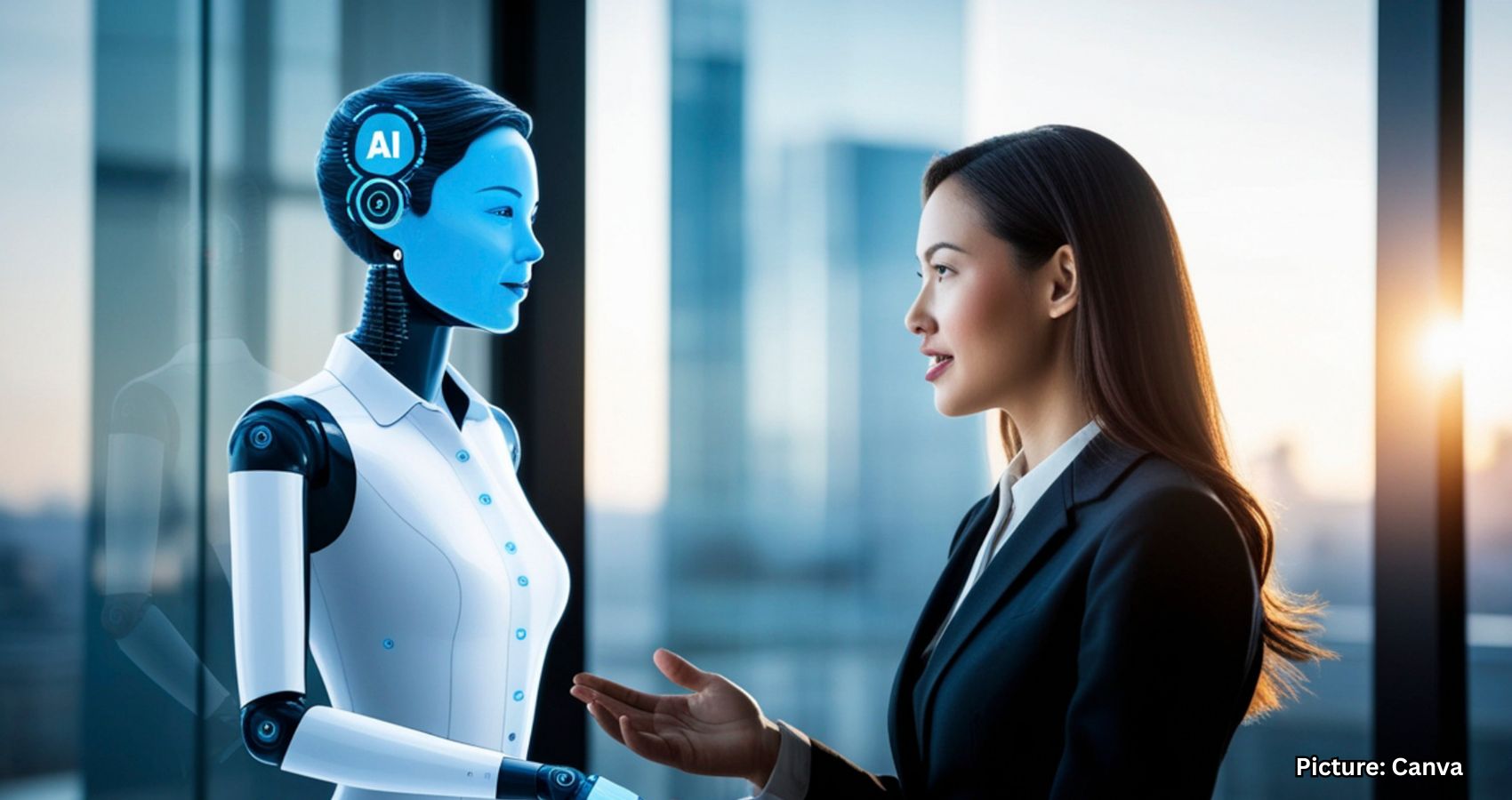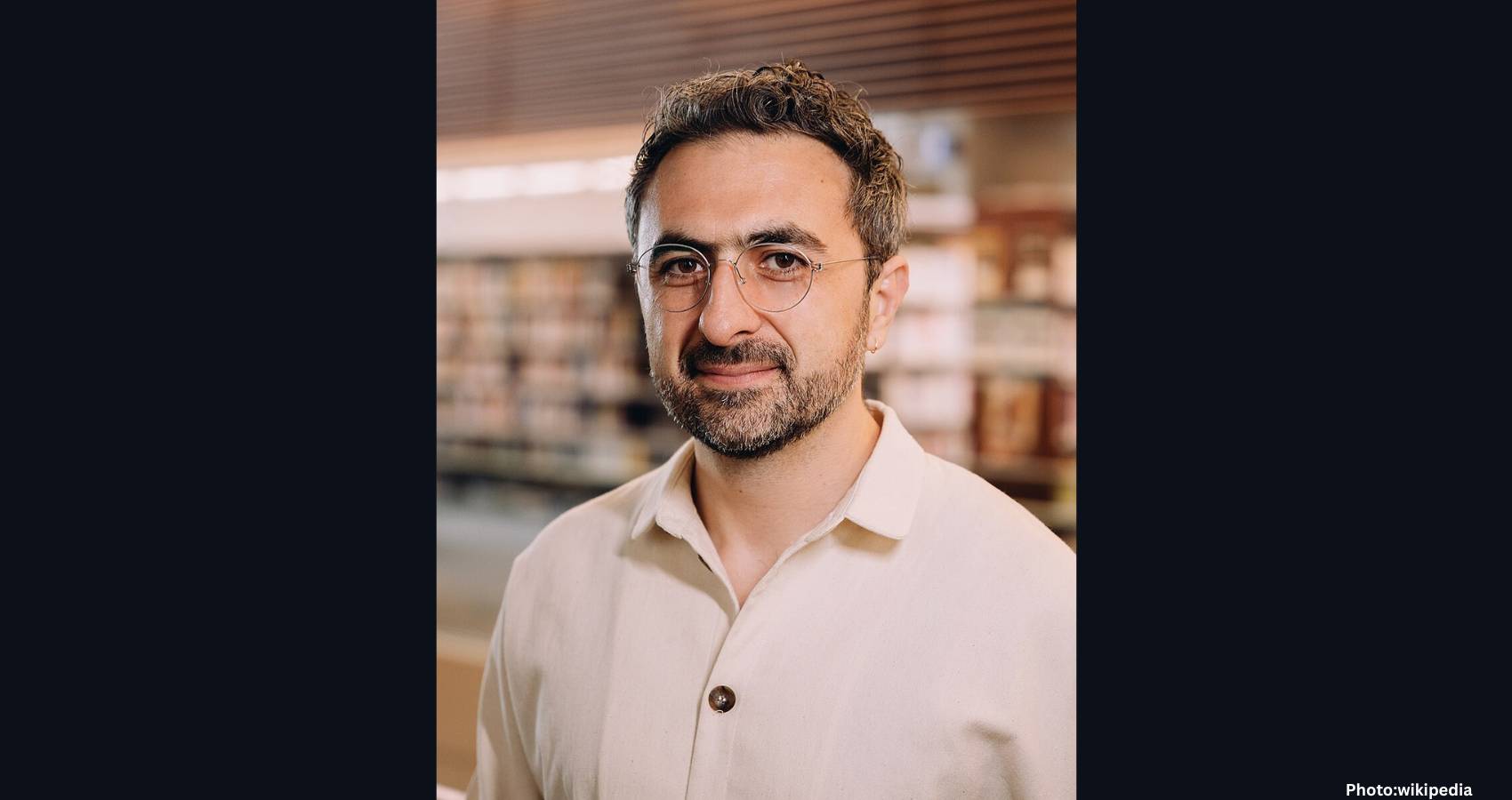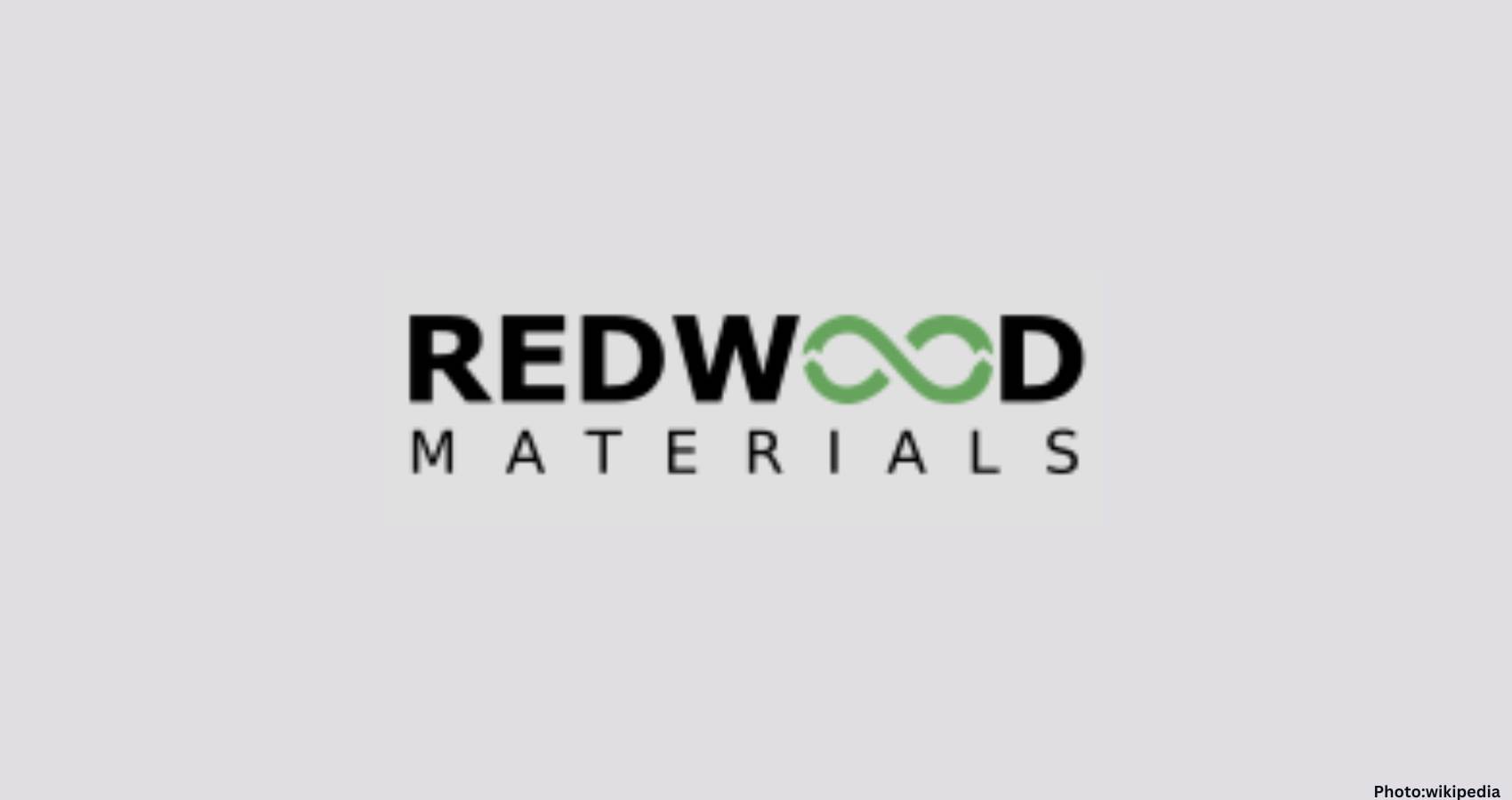Tamil Nadu is becoming a key destination for global companies diversifying from China, according to economist Arvind Subramanian, who highlights the state’s role in India’s industrial growth.
Tamil Nadu has emerged as one of India’s most attractive destinations for global companies seeking to diversify their manufacturing operations away from China. This shift is strengthening the state’s position as a key driver of India’s industrial and inclusive growth, according to economist Arvind Subramanian.
Speaking at an event that marked the launch of a major laptop distribution scheme for government college students, Subramanian emphasized that Tamil Nadu’s manufacturing success challenges long-held assumptions about India’s inability to replicate China’s rapid industrial growth.
“If India has to develop today, then the Hindi heartland has to become what Tamil Nadu is today,” Subramanian stated. “Leading states like Tamil Nadu can be a model that others can emulate by attracting talent, knowledge, and technology.”
As a member of the five-member Economic Advisory Council to Tamil Nadu Chief Minister M K Stalin, Subramanian highlighted that the state has become a preferred hub for global manufacturers under the widely discussed “China-plus-one” strategy. This strategy encourages multinational firms to seek alternative production bases to reduce their dependence on China.
Subramanian reframed the narrative often raised by economists and policymakers regarding India’s growth compared to China. He suggested that instead of questioning why India cannot grow like China, the focus should shift to why certain parts of India cannot achieve growth similar to that of Tamil Nadu.
“When people ask why India can’t grow like China, the question suddenly becomes why some parts of India can’t grow like the China of Tamil Nadu in India itself,” he remarked. “The question and the perspective changes completely.”
He attributed Tamil Nadu’s success to a consistent government focus on social justice, broad-based education, human capital development, and economic dynamism. According to Subramanian, these factors have created a stable ecosystem that attracts long-term investment rather than speculative capital.
Subramanian noted that Tamil Nadu has played a crucial role in expanding low-skill formal manufacturing, which he described as essential for inclusive growth and employment generation. “While we are all rightly focusing on artificial intelligence and the knowledge economy, we should not forget that manufacturing still has a very big role to play in creating jobs and inclusive growth,” he said.
He pointed out that when global companies first began diversifying their supply chains away from China, India did not receive a significant portion of the investment. “In that first wave, very little capital came to India. It went to Vietnam and Indonesia,” he explained. “But in the last three, four, five years, the one location that these investors are increasingly choosing is Tamil Nadu.”
The shift is evident in the “range and variety” of companies that have established operations in the state, spanning sectors such as electronics, precision manufacturing, and advanced materials. Tamil Nadu has become a central hub for Apple’s manufacturing operations in India, with global supplier Foxconn and domestic player Tata Electronics Private Limited (TEPL) setting up large-scale facilities. This positioning has made Tamil Nadu the focal point of Apple’s India production strategy.
In addition, major U.S. technology companies such as Cisco and Corning have established manufacturing units in Tamil Nadu in recent years, reinforcing the state’s reputation as a reliable destination for high-value global manufacturing.
Subramanian made these remarks during the launch of a state government initiative to distribute laptops to 10 lakh government college students, aimed at strengthening digital access and skills among youth. Chief Minister M K Stalin announced that the laptops are being manufactured by global brands, including HP, Dell, and Acer, and are equipped with high configurations suitable for academic and technical use.
“These laptops are designed to meet the needs of students,” Stalin said, adding that the government would continue to support young people so that “their only job is to study.”
This initiative reflects Tamil Nadu’s broader strategy of pairing industrial growth with investment in human capital—a combination that economists say is critical to sustaining long-term development.
Subramanian emphasized that Tamil Nadu’s experience demonstrates that India is capable of building globally competitive manufacturing ecosystems, provided the right policy mix is in place. “Tamil Nadu is challenging the narrative that India cannot replicate the China miracle,” he said, noting that strong state-level governance can compensate for national-level constraints.
By combining social equity, education, and manufacturing-led growth, Tamil Nadu has positioned itself as a blueprint for other Indian states seeking to attract global investment and generate employment at scale.
As geopolitical tensions reshape global supply chains, Tamil Nadu’s rise as a manufacturing hub underscores the importance of stable institutions, skilled labor, and proactive governance. For policymakers across India, the state’s trajectory offers a compelling case study of how regional success can drive national transformation, according to Global Net News.


